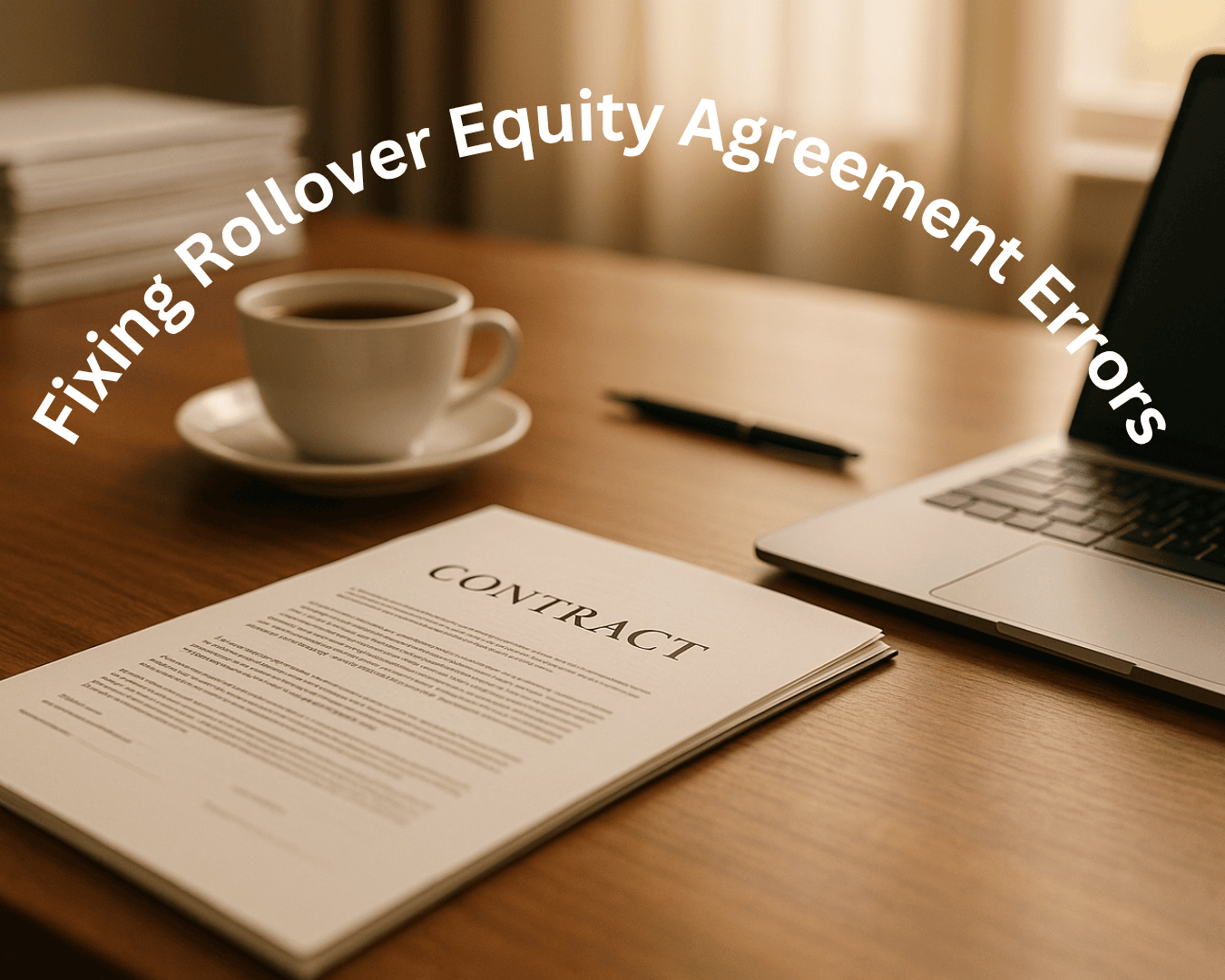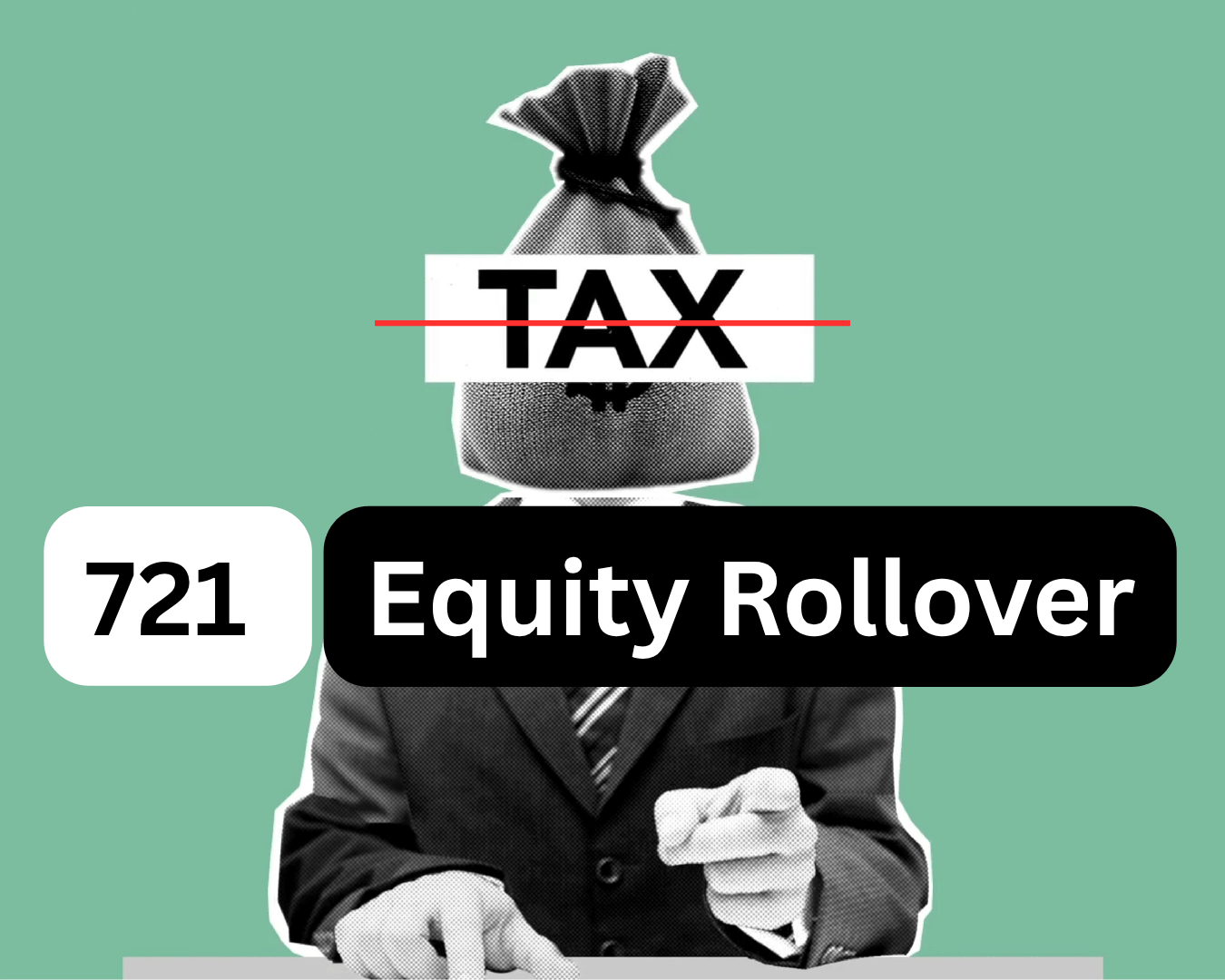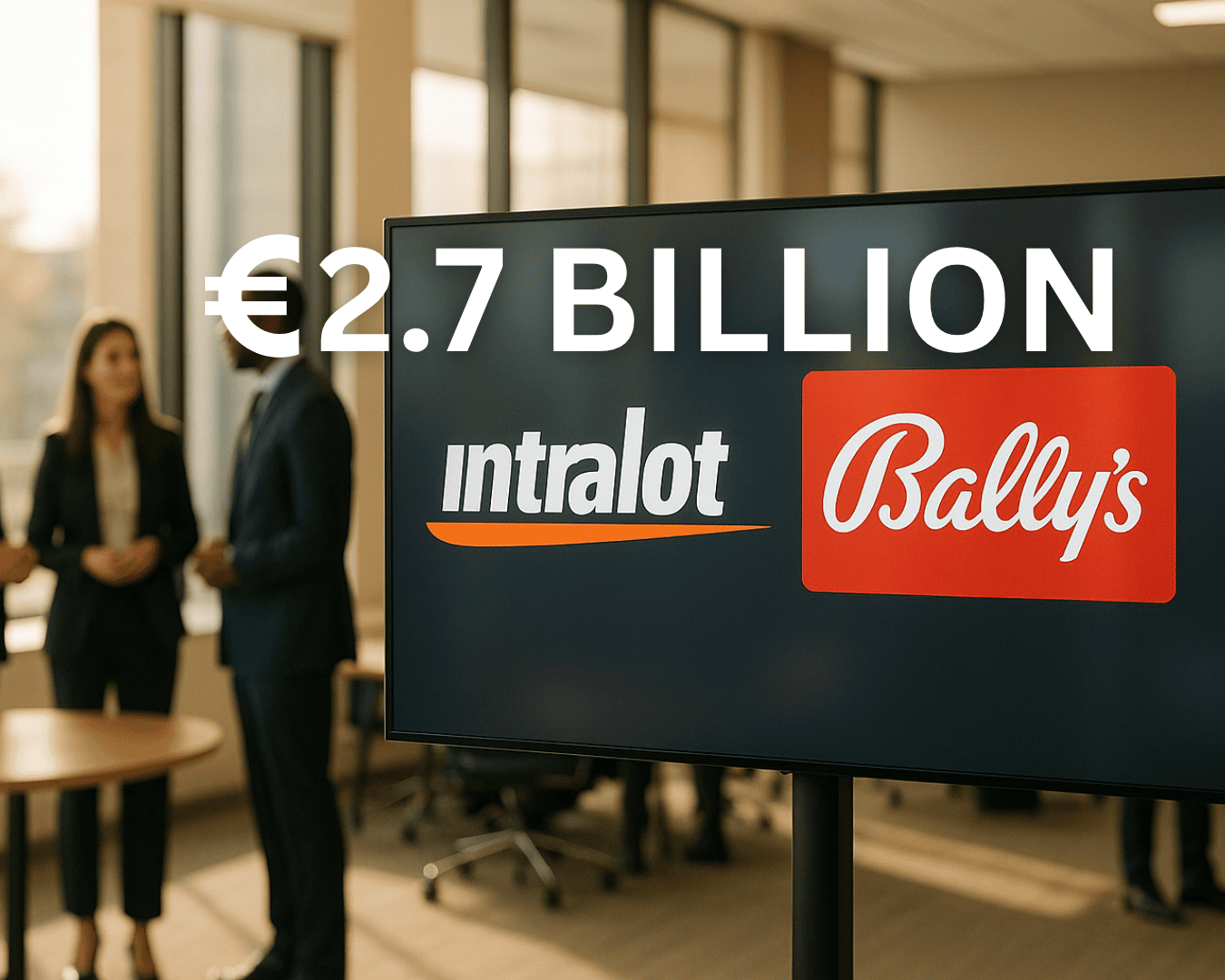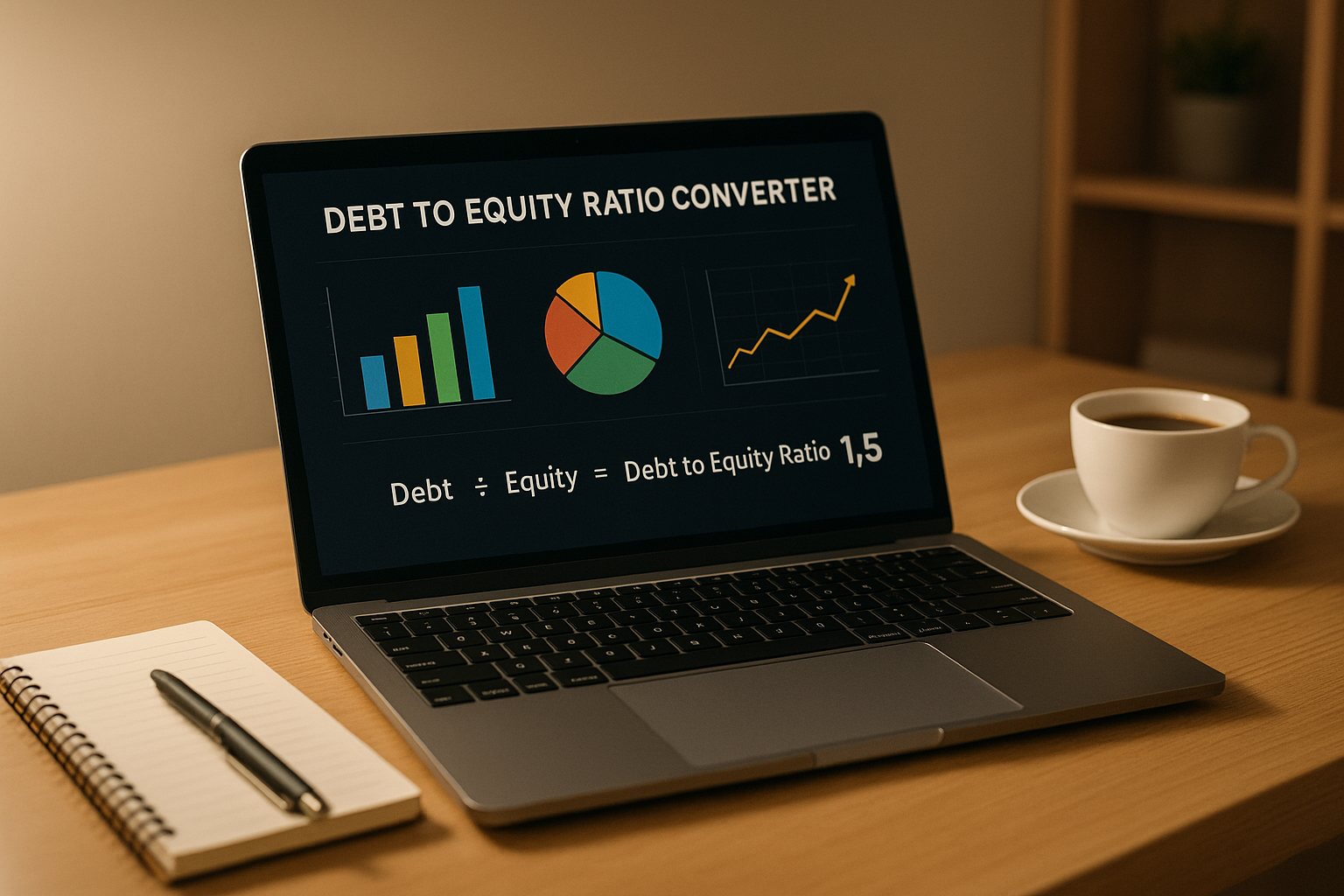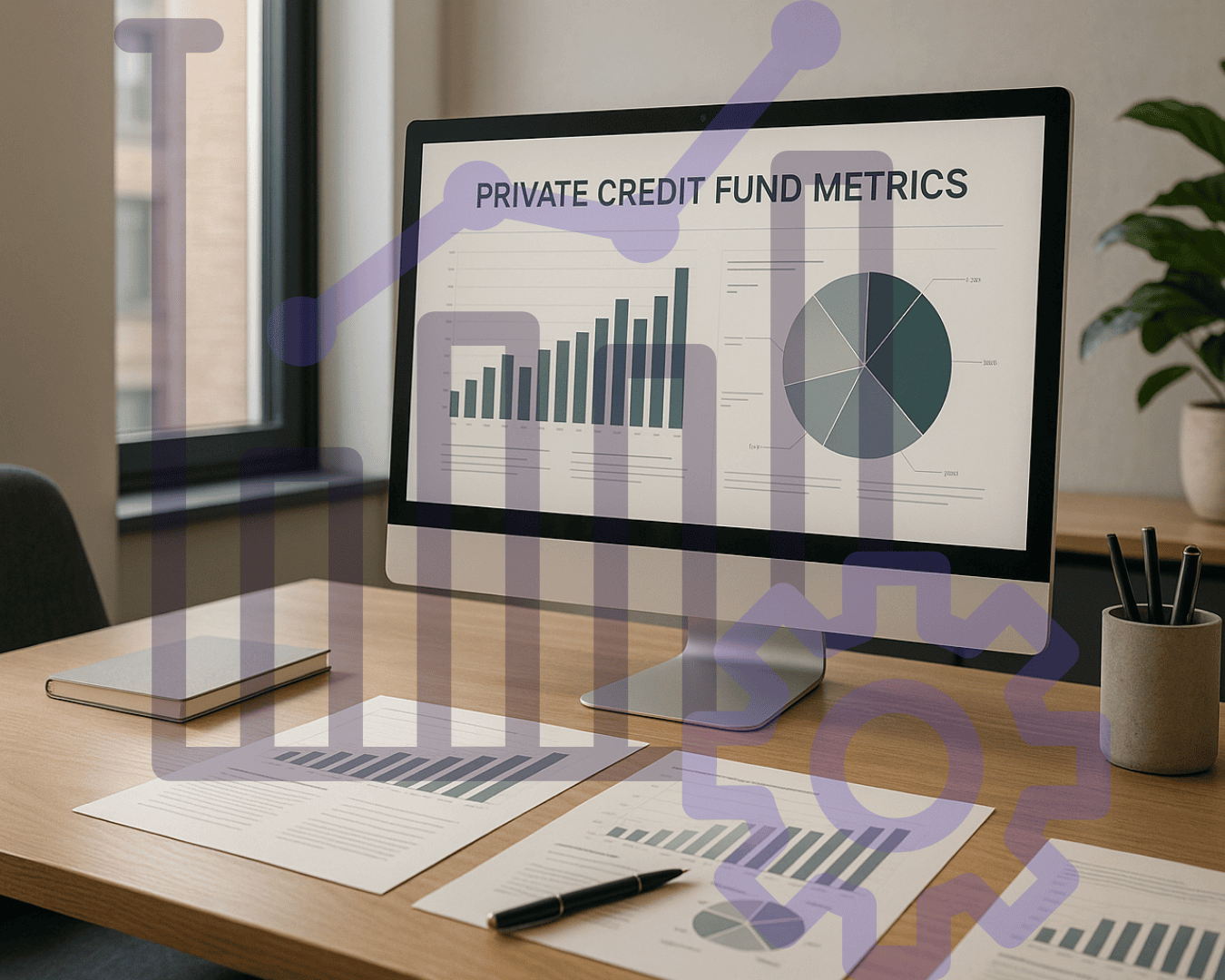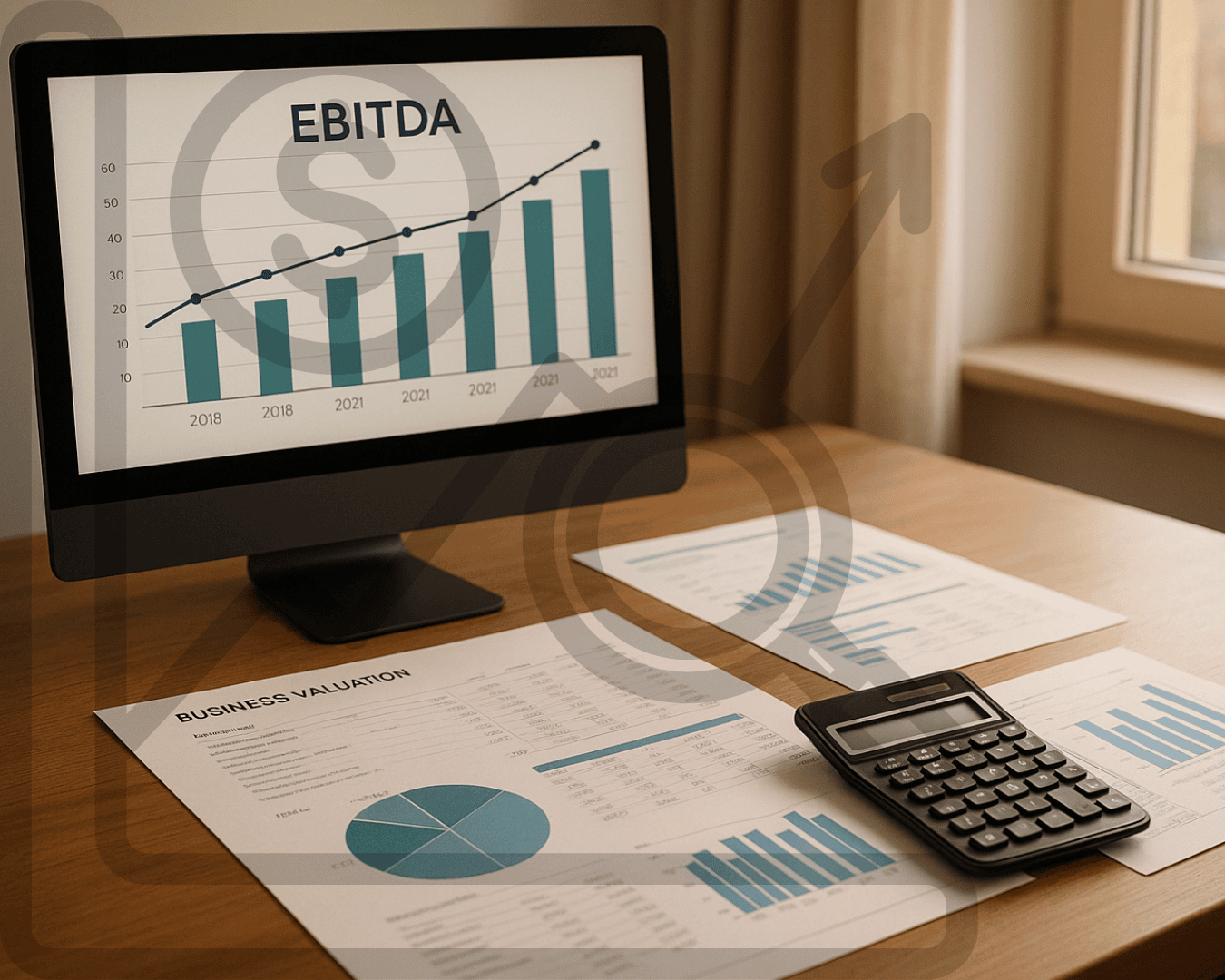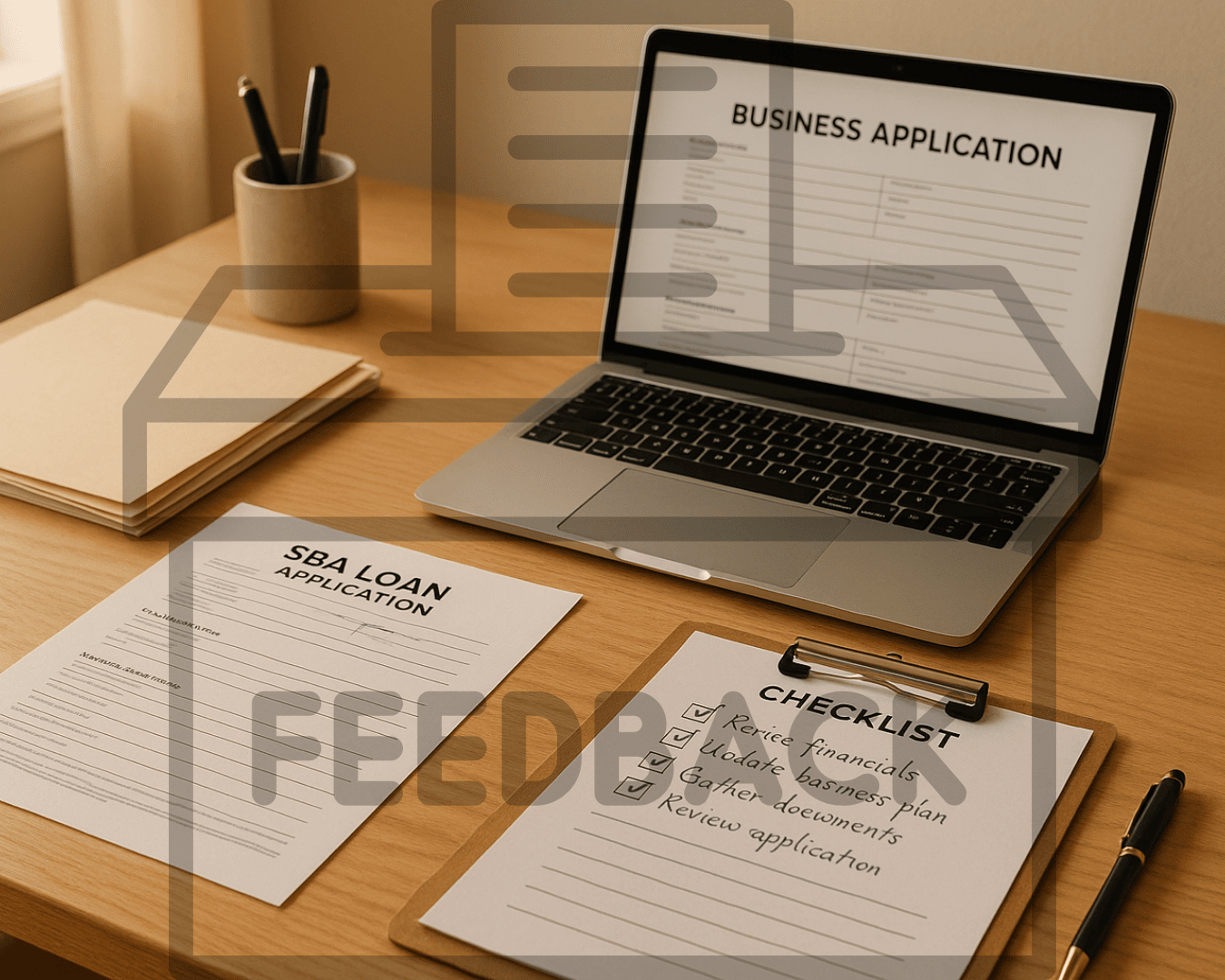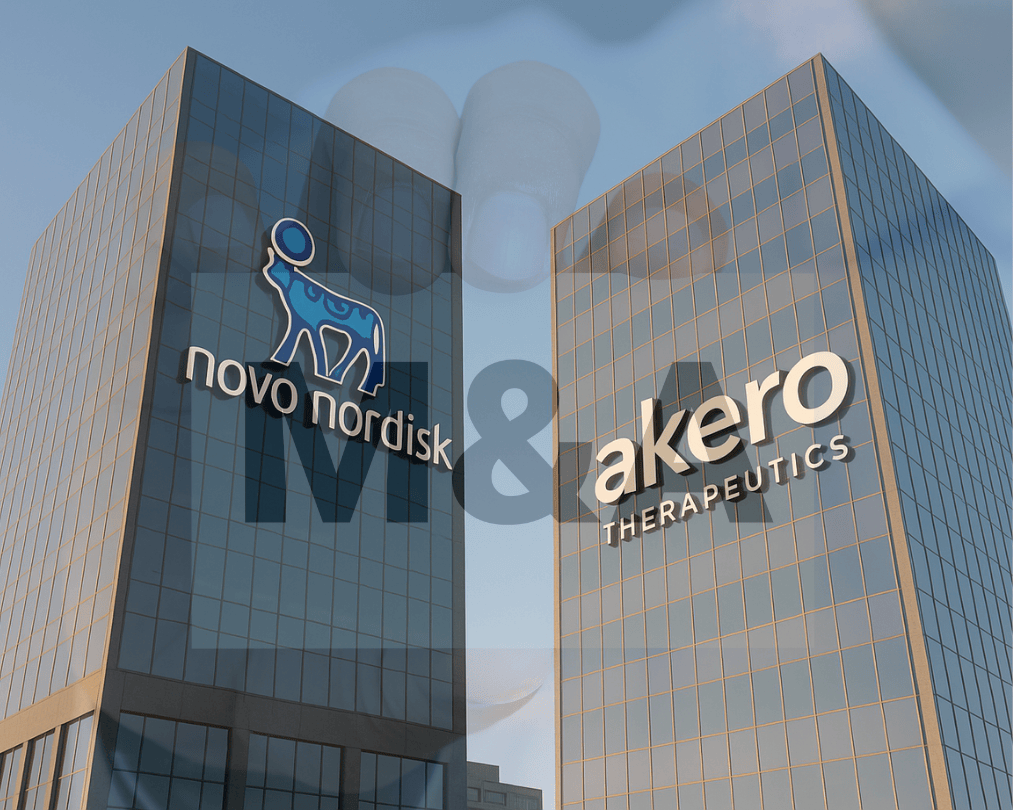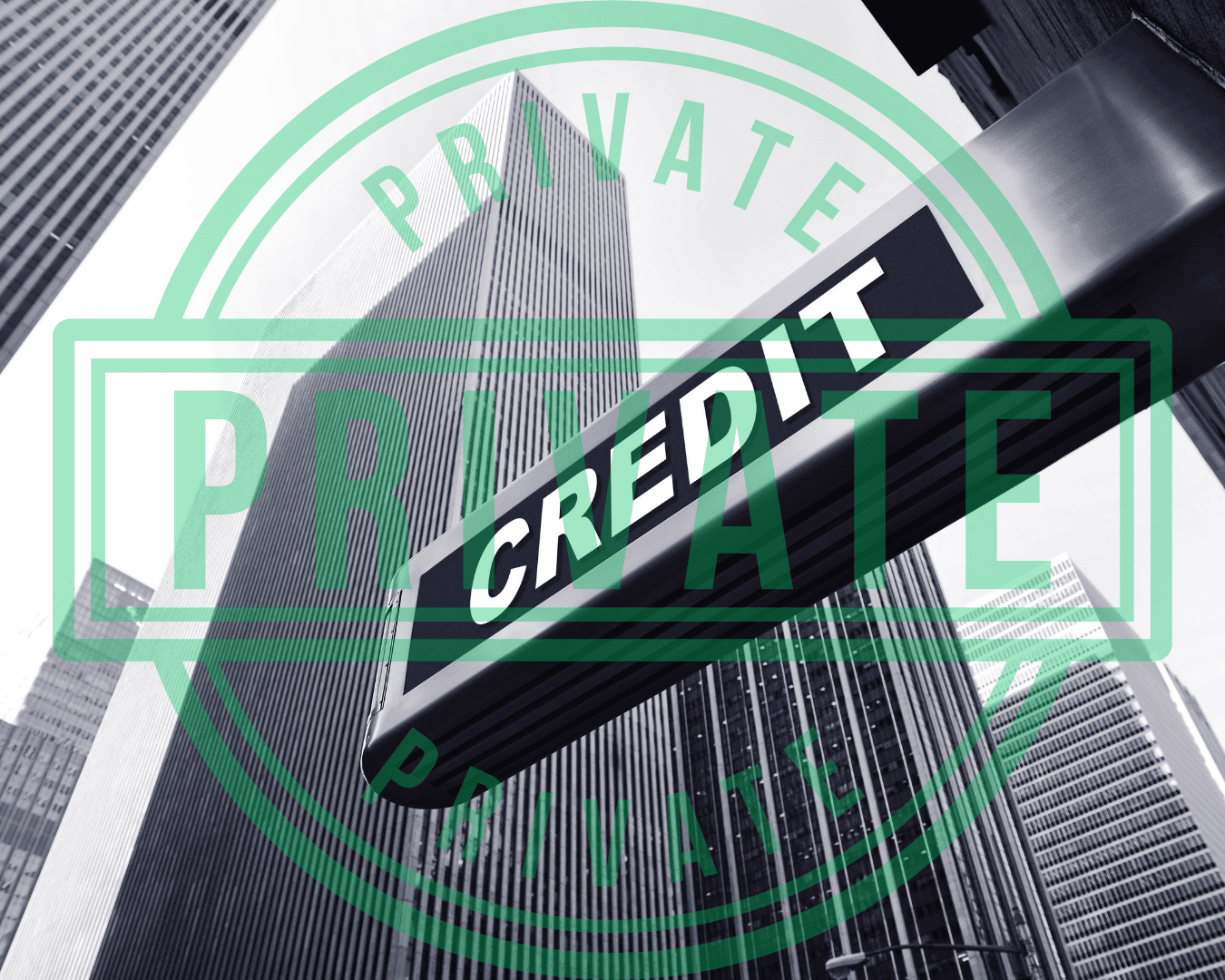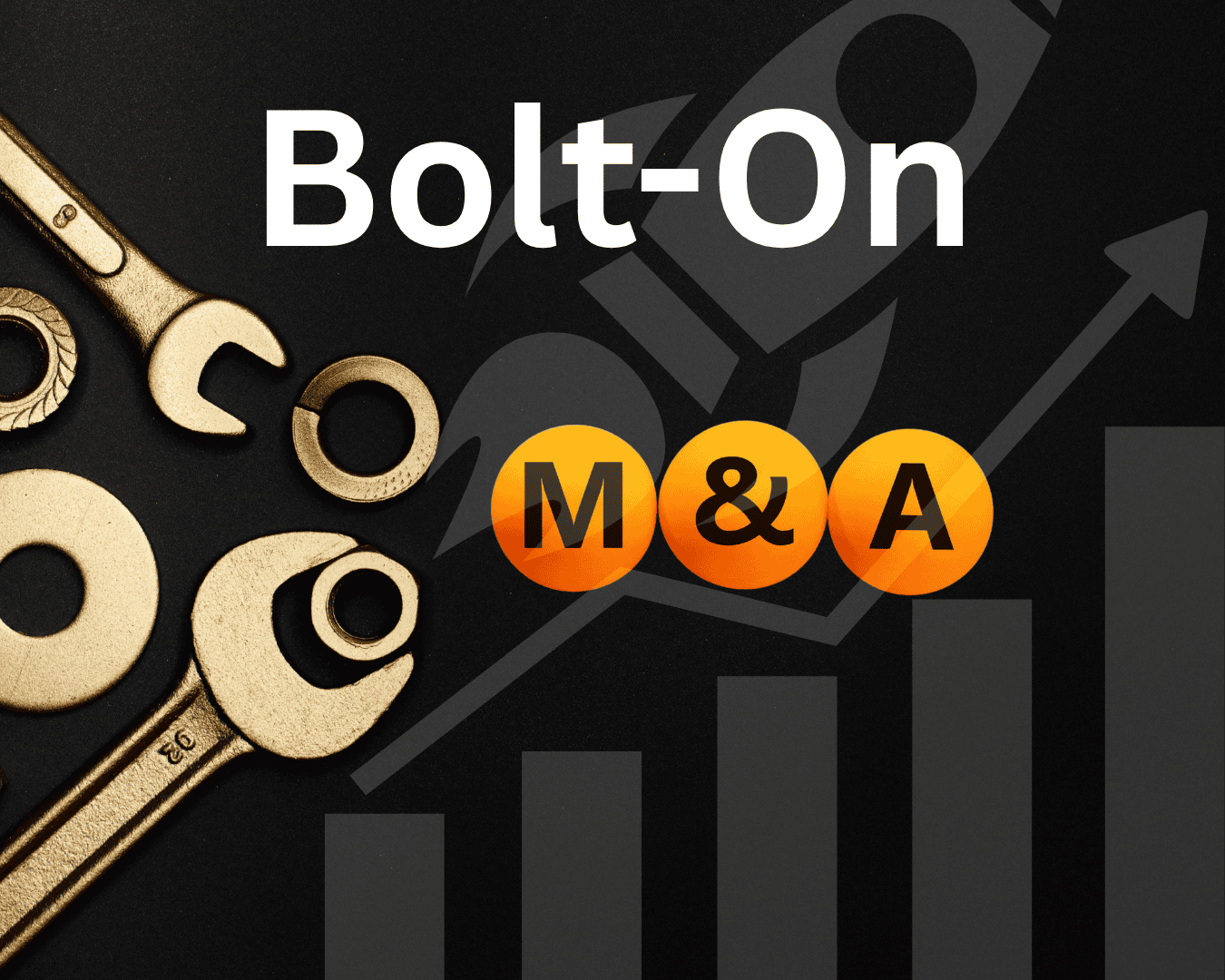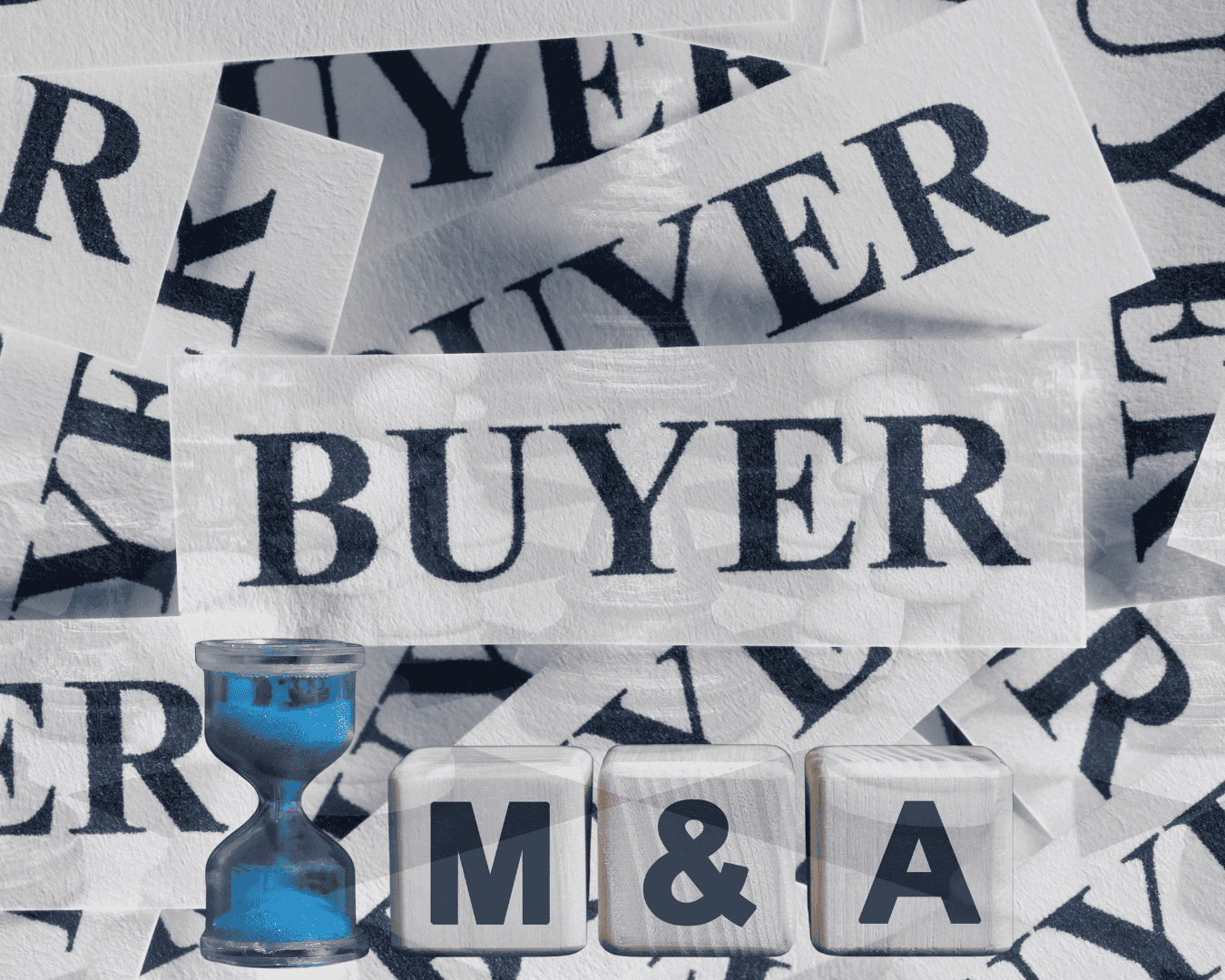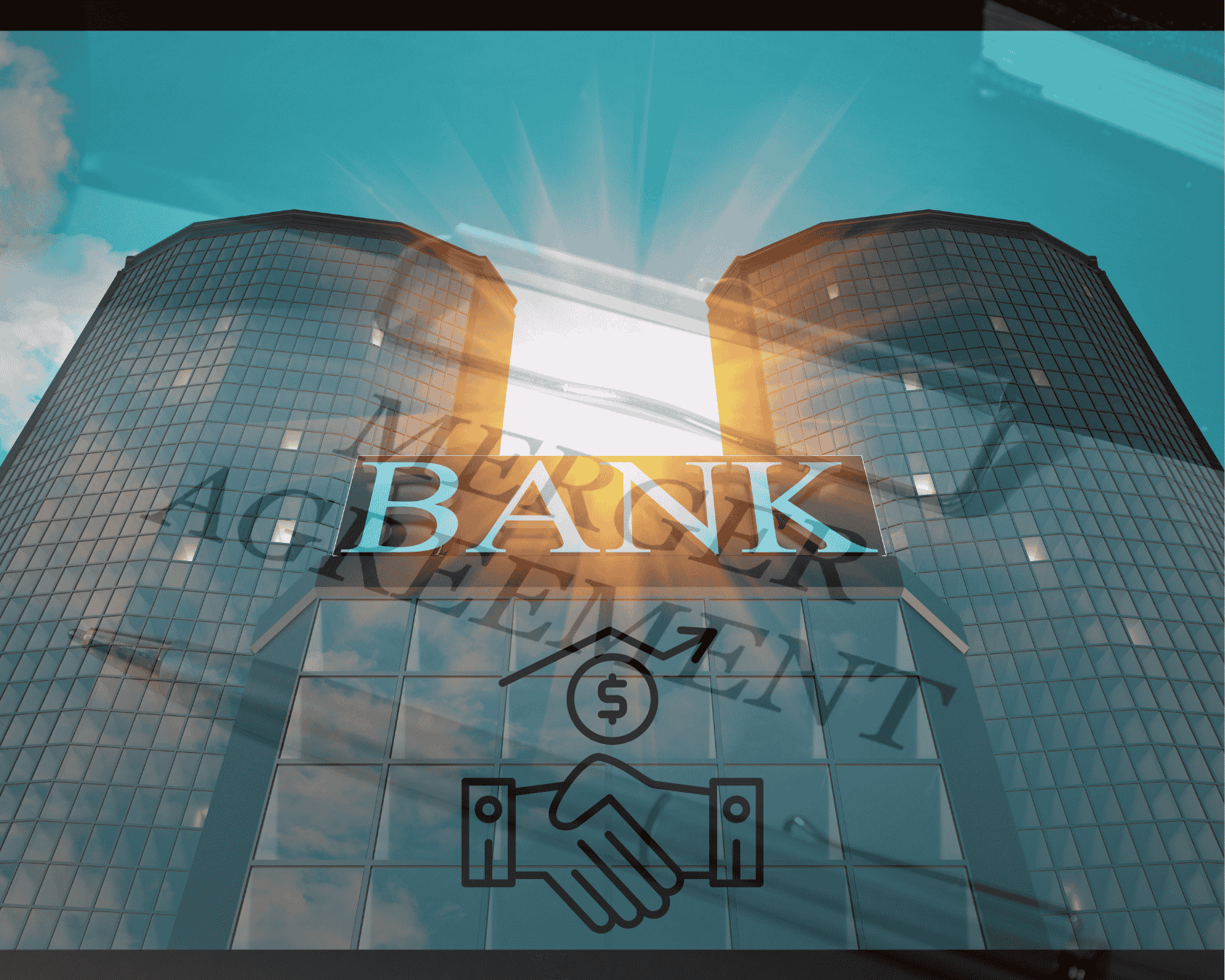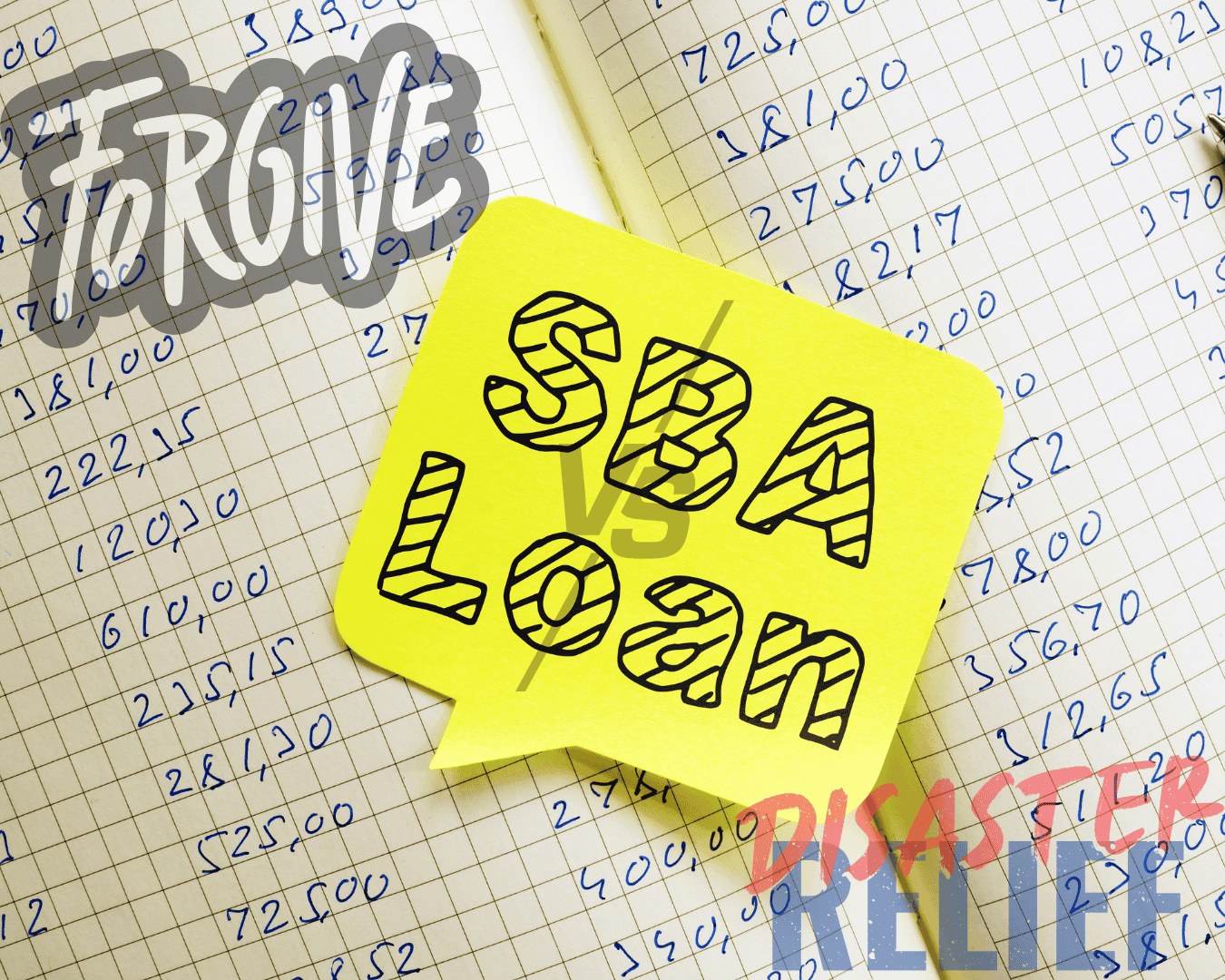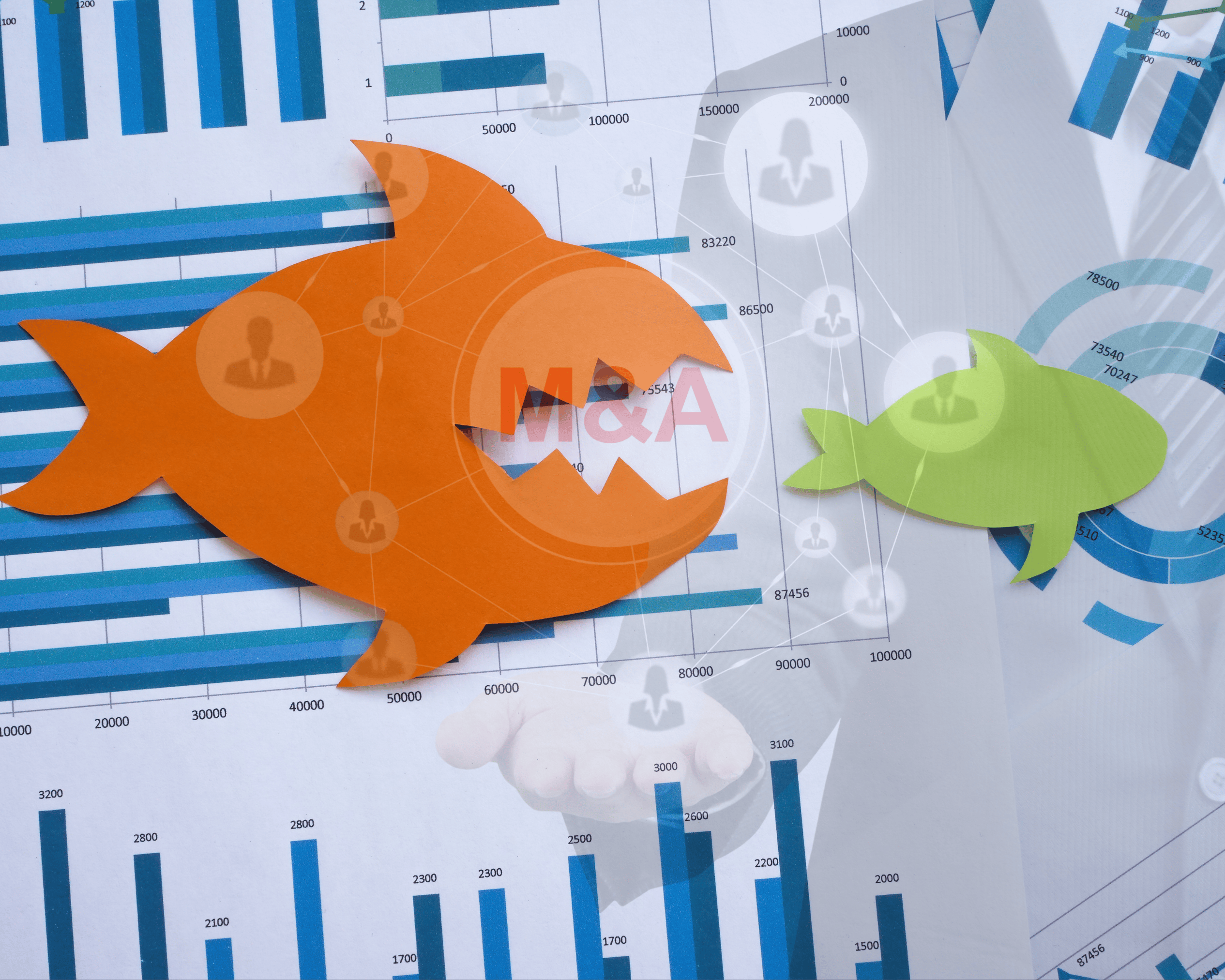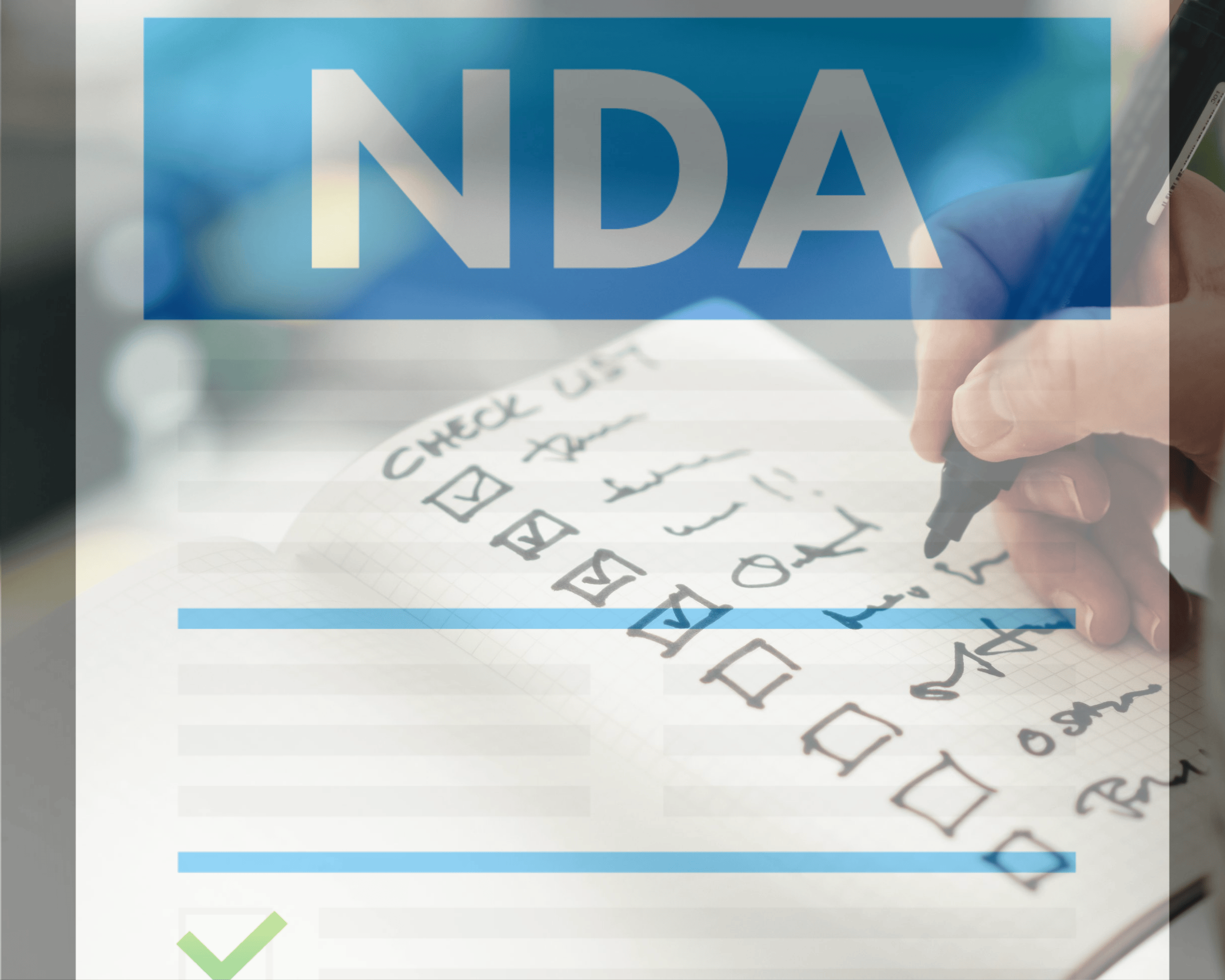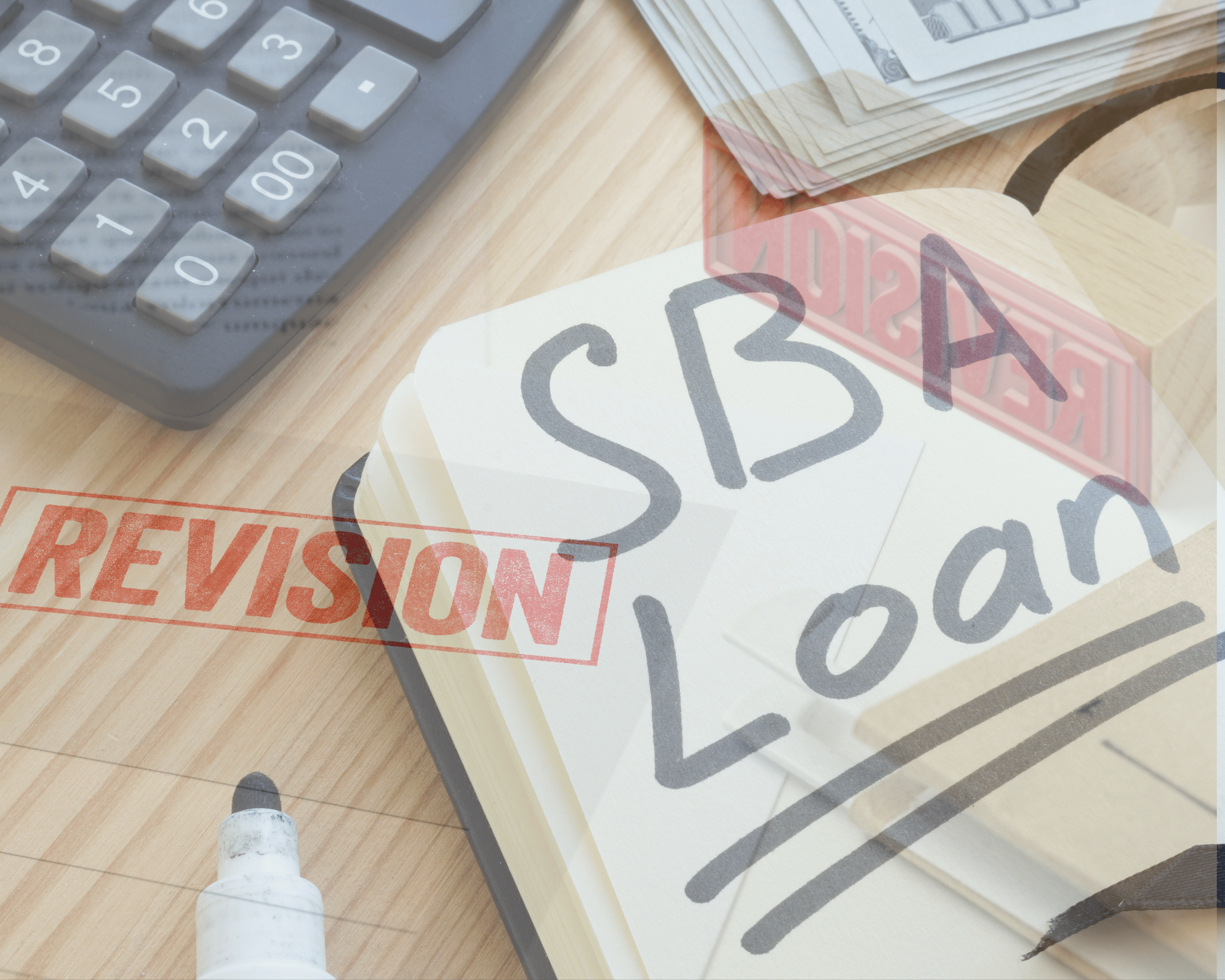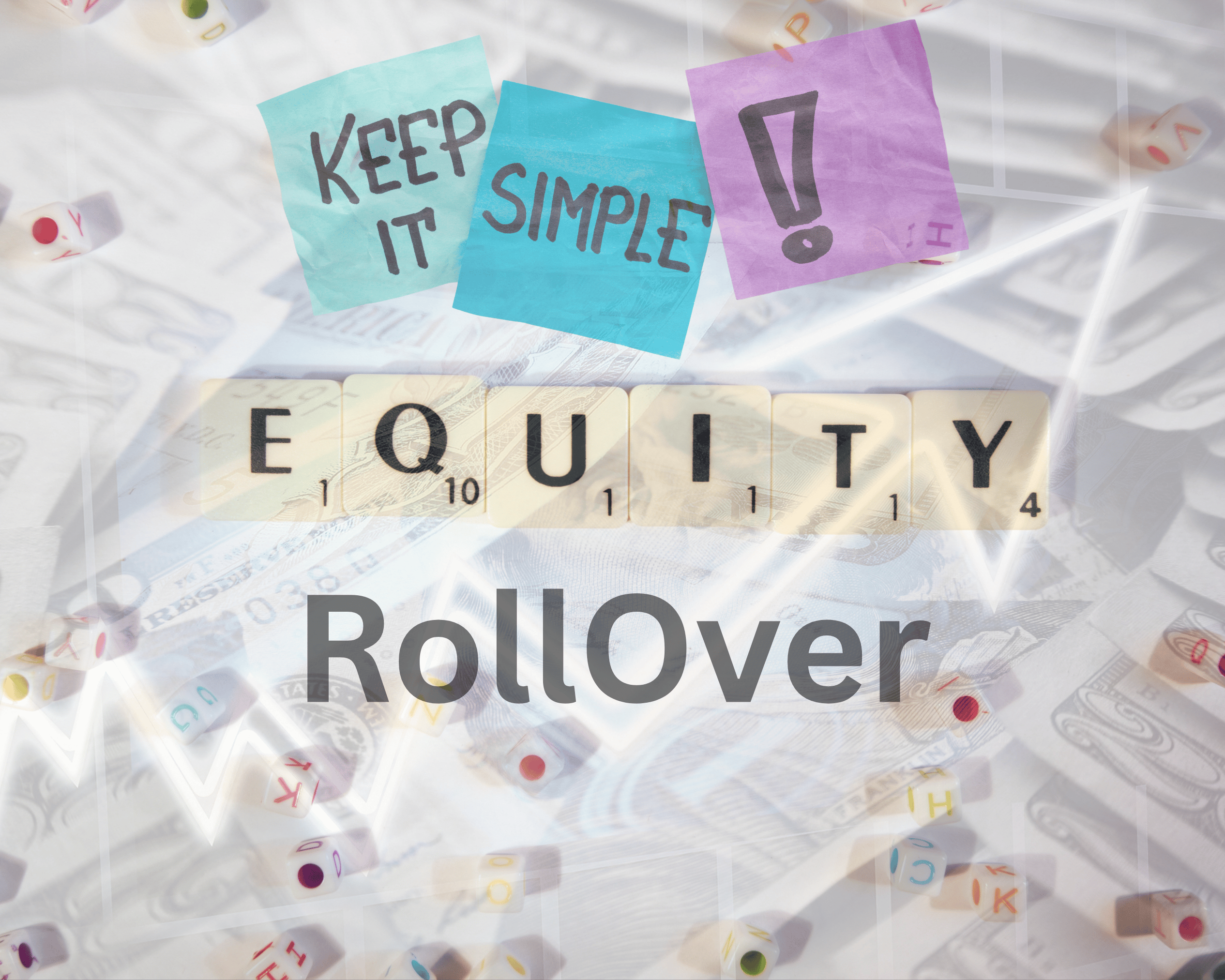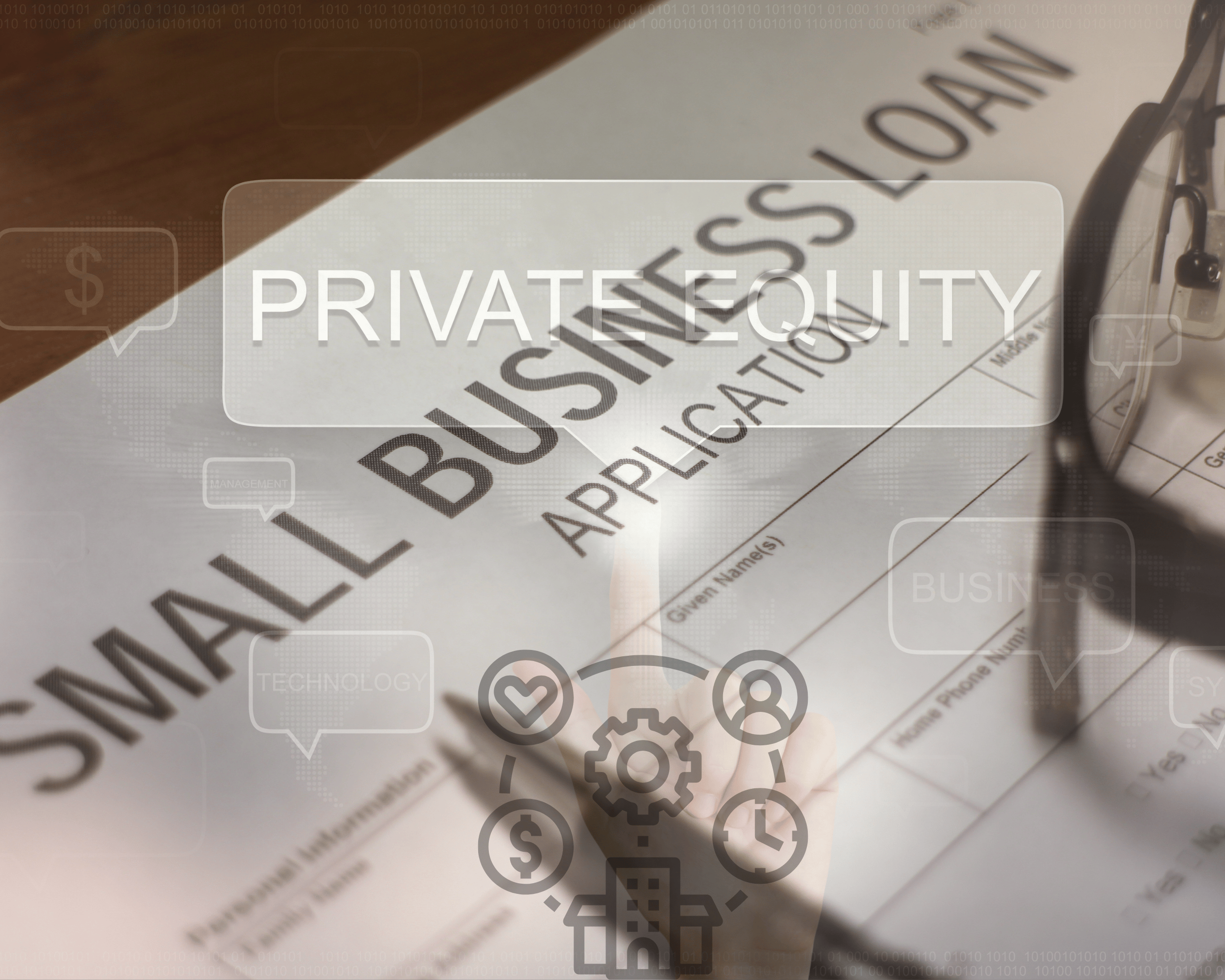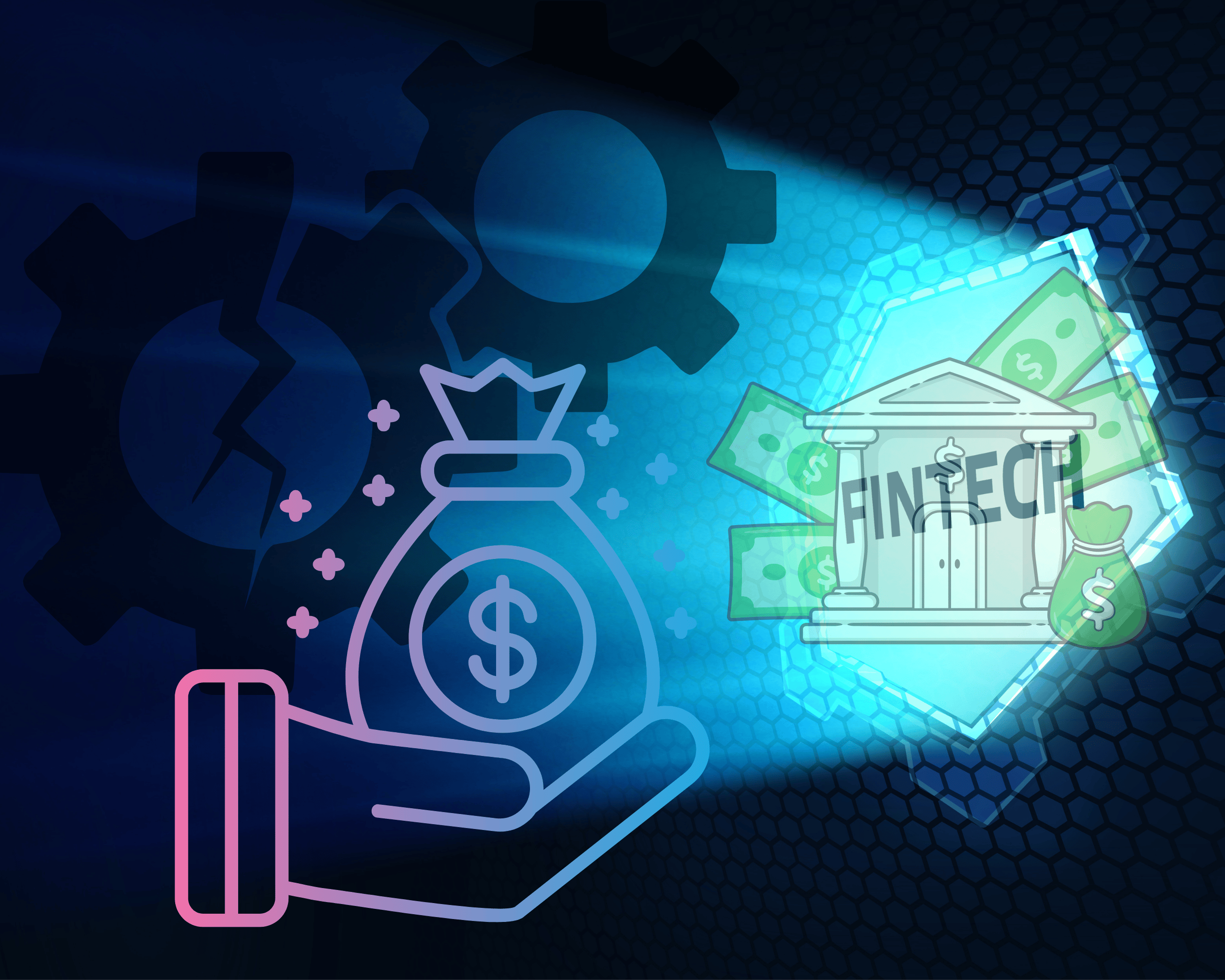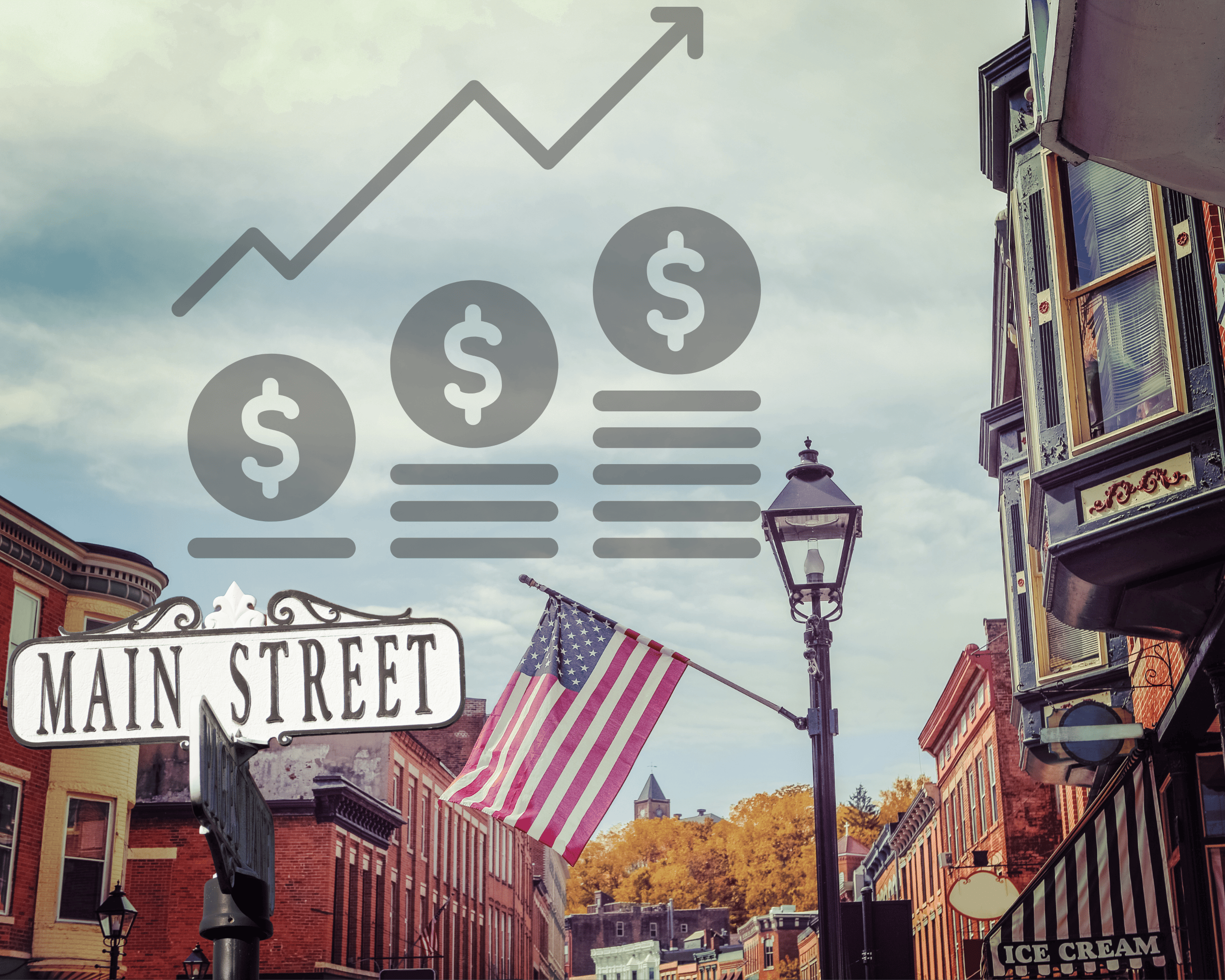For small business owners managing debt, understanding SBA Hardship Accommodation and SBA Loan Forgiveness is essential. These programs serve different purposes:
- SBA Loan Forgiveness cancels part or all of your debt permanently. It's mainly available for Paycheck Protection Program (PPP) loans, provided specific criteria (like payroll spending) are met. Most other SBA loans, like EIDL or 7(a), don’t qualify for forgiveness.
- SBA Hardship Accommodation offers temporary payment relief for Economic Injury Disaster Loans (EIDL). Borrowers could reduce payments for a short period, but the program ended on March 19, 2025.
Key Takeaways:
- Forgiveness eliminates debt; Hardship Accommodation reduces payments temporarily.
- PPP loans are the primary loans eligible for forgiveness.
- Interest continues accruing during Hardship Accommodation, and full repayment is required later.
Choosing the right option depends on your loan type, financial situation, and long-term goals.
What is SBA Hardship Accommodation?
Purpose and Overview
The SBA Hardship Accommodation program was created to provide temporary relief for businesses struggling to keep up with their loan payments. It mainly focused on borrowers with Economic Injury Disaster Loans (EIDL) who found it difficult to meet their obligations due to unexpected financial challenges.
Instead of canceling the debt, the program offered a way to reduce payments temporarily, giving business owners a chance to regain their financial footing. This approach acknowledged that businesses often face short-term hurdles - like seasonal revenue dips or sudden market changes - that don’t necessarily mean they’re unable to pay their loans in the long run.
Eligibility and Application Process
To qualify for the program, borrowers had to prove they were experiencing financial hardship that affected their ability to make regular EIDL payments. The SBA evaluated each case individually, looking at factors such as reduced income or rising expenses that impacted cash flow.
Applicants were required to contact the SBA and submit supporting financial documents, including recent financial statements, tax returns, and a written explanation of their payment difficulties. It was crucial for borrowers to show that their hardship was temporary and that they were actively working to improve their financial situation.
The review process could take several weeks, during which borrowers were encouraged to stay in touch with the SBA and continue making any payments they could afford.
Key Features
One of the standout features of the Hardship Accommodation program was its ability to lower monthly payments, offering businesses immediate breathing room. Payments were designed to gradually increase as the borrower’s financial situation improved, eventually returning to the original payment terms.
While this temporary relief helped with cash flow, interest continued to accrue on the full loan balance during the accommodation period. These structured terms provided short-term support while ensuring that borrowers remained on track to meet their long-term obligations.
Current Status
The SBA Hardship Accommodation program for EIDL loans has now ended and is no longer accepting new applications. Businesses that participated in the program have since returned to their regular payment schedules. For those still facing financial difficulties, alternative options like loan modifications or other arrangements may be available through their loan servicers. Business owners are encouraged to explore these options to find a path forward.
What is SBA Loan Forgiveness?
Definition and Overview
Loan forgiveness means canceling part or all of a borrower’s debt, permanently relieving them of the obligation to repay it. Unlike temporary relief options, forgiveness erases the debt entirely.
However, not all SBA loans qualify for forgiveness. This option is primarily tied to Paycheck Protection Program (PPP) loans. Most SBA loans - like traditional 7(a) loans, 504 loans, and Economic Injury Disaster Loans (EIDL) - are not forgivable and must be repaid as per their original terms.
The PPP was unique because it was designed with forgiveness in mind. Businesses that met specific requirements could have their entire loan forgiven, setting it apart from other SBA loan programs.
Below, we’ll break down the eligibility rules, application process, and why most SBA loans don’t qualify for forgiveness.
Eligibility Requirements
To qualify for PPP loan forgiveness, borrowers needed to allocate at least 60% of the loan to payroll costs. These costs include salaries, wages, tips, commissions, and employee benefits. The remaining 40% could be used for approved operational expenses like rent, mortgage interest, utilities, and certain other costs.
Additionally, businesses were required to maintain their employee headcount and salary levels compared to pre-pandemic benchmarks. If a business reduced its workforce or cut wages significantly, the forgiveness amount could be reduced in proportion to those changes.
Borrowers also had to provide detailed records - such as payroll reports, tax filings, and bank statements - to confirm how the funds were used. This documentation was essential for proving compliance with the SBA’s requirements.
Once eligibility was confirmed, borrowers could move on to the application process.
Application Process
PPP borrowers could apply for forgiveness through their original lender or, for loans of $150,000 or less, use the SBA’s direct forgiveness portal. The application process required one of three forms:
- SBA Form 3508: The standard form for most borrowers.
- Form 3508EZ: A simplified form for borrowers who met specific criteria.
- Form 3508S: A streamlined form for loans of $50,000 or less.
For loans under $50,000, Form 3508S required minimal documentation, though borrowers were still expected to keep detailed records in case of an audit.
Lenders were given 60 days to review forgiveness applications and make a decision. However, the SBA could extend this timeline if needed. Once forgiveness was approved, the SBA reimbursed the lender for the forgiven amount, removing that debt from the borrower’s responsibility.
Loan Types Not Eligible for Forgiveness
It’s important to note that most SBA loans do not qualify for forgiveness. Loans such as 7(a), 504, and EIDL must be repaid in full according to their terms.
While some EIDL advance grants did not require repayment, the loans themselves remain a financial obligation for borrowers. These loans typically offer long repayment periods - up to 30 years - and low interest rates, but they cannot be forgiven.
Other SBA loan types, including express loans, microloans, and specialized lending products, also fall outside the forgiveness category. Borrowers struggling with these loans should consider alternatives like loan modifications, payment deferrals, or negotiating new terms with their lenders, as forgiveness is not an option for these programs.
SBA EIDL Forgiveness and Hardship Update April 2025. Schedule a consult at JasonTees.com.
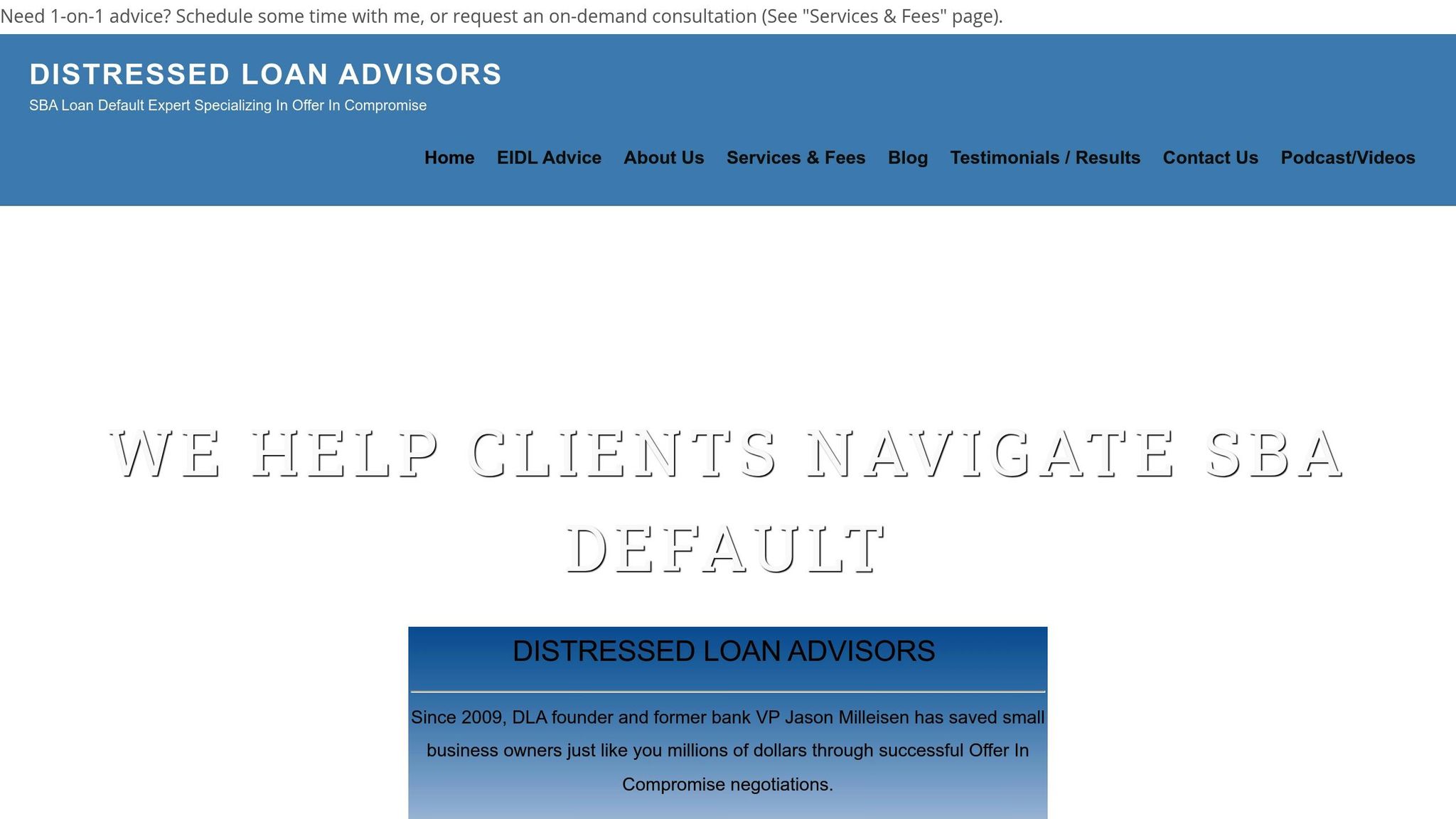
Key Differences Between SBA Hardship Accommodation and Loan Forgiveness
Both programs provide support for borrowers, but they serve very different purposes: one offers temporary payment relief, while the other cancels part of the debt permanently.
Comparison Table
| Factor | SBA Hardship Accommodation | SBA Loan Forgiveness |
|---|---|---|
| Relief Type | Temporary payment adjustments | Permanent cancellation of part of the debt |
| Loan Balance Impact | Loan balance remains; payments are modified | Forgiven amounts are removed from the loan balance |
| Eligible Loan Types | Applies to various SBA-backed loans | Primarily linked to PPP loans |
| Duration | Temporary relief | Permanent once approved |
| Primary Requirements | Proof of current financial hardship | Adherence to specific fund usage guidelines |
| Application Process | Handled through your lender with supporting financial documents | Requires submission of documentation via your lender or SBA portal |
| Repayment Obligation | Full repayment required after relief period ends | No repayment for the forgiven portion |
The table highlights the key differences between these two options. SBA Hardship Accommodation is aimed at borrowers facing immediate financial challenges, offering short-term payment adjustments to ease the burden. On the other hand, SBA Loan Forgiveness provides a permanent solution by canceling qualifying portions of the debt, usually tied to strict requirements on how the loan funds were spent.
Each program has its own unique purpose, benefits, and limitations, which we’ll explore further in the next section.
sbb-itb-a3ef7c1
Benefits and Limitations of Each Program
Understanding the pros and cons of each program can help you decide which relief option works best for your situation.
Hardship Accommodation: Benefits and Drawbacks
The SBA Hardship Accommodation program offers temporary relief for businesses struggling with cash flow. It allows monthly payments to be reduced to as little as 10% of the usual amount for up to six months, with the possibility of extending this period for an additional six months if eligibility criteria are met. For example, a business paying $1,000 per month could see payments drop to just $100. This program is accessible even to borrowers who are behind on payments or in default (as long as Treasury Cross-Servicing hasn’t started). In February 2024, the SBA expanded eligibility for Hardship Accommodation, extending it to more borrowers in default.
However, this relief comes with its own set of challenges. Interest continues to accumulate during the hardship period, increasing the total loan balance over time. Additionally, missing payments while on the hardship plan can push the loan back into default, potentially leading to Treasury referral and collection actions. While this program provides short-term cash flow relief, it doesn’t reduce the overall debt owed.
If you’re looking for a more permanent solution, Loan Forgiveness might be worth considering.
Loan Forgiveness: Benefits and Drawbacks
Loan Forgiveness offers a lasting solution by eliminating a portion of the debt entirely. For businesses that received PPP loans and met specific criteria - such as maintaining employee levels and using funds for approved purposes - the forgiven portion of the loan was removed from their balance sheets. This provided long-term financial relief and stability. PPP loans were designed with forgiveness in mind, featuring a low 1% fixed interest rate and a simplified application process through the SBA portal.
However, this option came with limitations. Only PPP loans qualified for forgiveness, and borrowers had to strictly adhere to rules regarding fund usage and employee retention. Other SBA loans, such as EIDL, 7(a), Express, and 504 loans, were not eligible for forgiveness and must be repaid in full. Additionally, the PPP program ended on May 31, 2021, meaning no new applications are being accepted. The forgiveness process also required detailed documentation to prove compliance, which could be complex and time-consuming. Borrowers needed to be cautious about scams claiming to offer forgiveness for ineligible loans. For those with other SBA loans facing severe financial hardship, options like an Offer in Compromise (OIC) might be available. However, this requires closing the business, liquidating collateral, and navigating a lengthy approval process.
Choosing between these programs depends on your specific loan type and financial situation, as each provides a different approach to addressing financial challenges. Both options have their advantages and limitations, so careful consideration is essential.
Considerations for Business Owners
Deciding between SBA Hardship Accommodation and Loan Forgiveness requires a careful look at your loan type, current financial hurdles, and long-term business objectives.
Choosing the Right Option
Start by identifying your loan type. If you have a PPP loan that hasn’t been forgiven yet, loan forgiveness should be your top priority. Forgiveness can permanently erase the debt, offering lasting financial relief. However, this option is only available for qualifying, existing PPP loans.
For non-PPP SBA loans, Hardship Accommodation may be the better route. This program provides temporary relief by significantly reducing monthly payments for a set period - helpful if you’re struggling with cash flow issues.
Timing also plays a big role. The Hardship Accommodation program is still available even if you’re behind on payments or in default, as long as your loan hasn’t been referred to Treasury Cross-Servicing for collection. Once that referral happens, your options become much more limited.
If you have multiple SBA loans, you may need different strategies for each. For instance, a restaurant owner with a forgiven PPP loan and an EIDL loan might focus on staying compliant with the PPP requirements while applying for Hardship Accommodation on the EIDL to address cash flow concerns.
Finally, staying in close communication with your lender is key to securing these options.
Staying in Contact with Lenders
Proactive communication with your lender and the SBA is essential. Reach out as soon as you anticipate financial challenges to keep your options open and avoid default.
Lenders are generally more willing to work with borrowers who communicate early about potential problems. Ignoring the situation and missing payments without explanation can limit your options.
Keep a detailed record of all communications with your lender and the SBA, including emails, phone calls, and any agreements. These records can protect your interests if disputes or misunderstandings arise.
Stay updated on any policy changes that might affect your situation. The SBA frequently revises its relief programs and eligibility criteria, so subscribing to updates or consulting with advisors who monitor these changes can be a smart move.
Be wary of scams offering loan forgiveness for ineligible loans. Some companies falsely claim they can secure forgiveness for EIDL or other non-PPP loans. These scams can lead you away from legitimate solutions and create additional problems.
For added support, consider working with experienced financial advisors who are well-versed in SBA loan programs. They can help you navigate the complexities of applications, especially if you’re juggling multiple loans or unique financial challenges.
In tough times, tools like Clearly Acquired can provide valuable guidance. They specialize in SBA lending programs and offer tailored capital solutions. By combining lending expertise with business advisory services, they can help you evaluate your options and connect with the right resources. This integrated approach can assist with both immediate relief decisions and long-term financial planning.
How Clearly Acquired Can Support SBA Borrowers
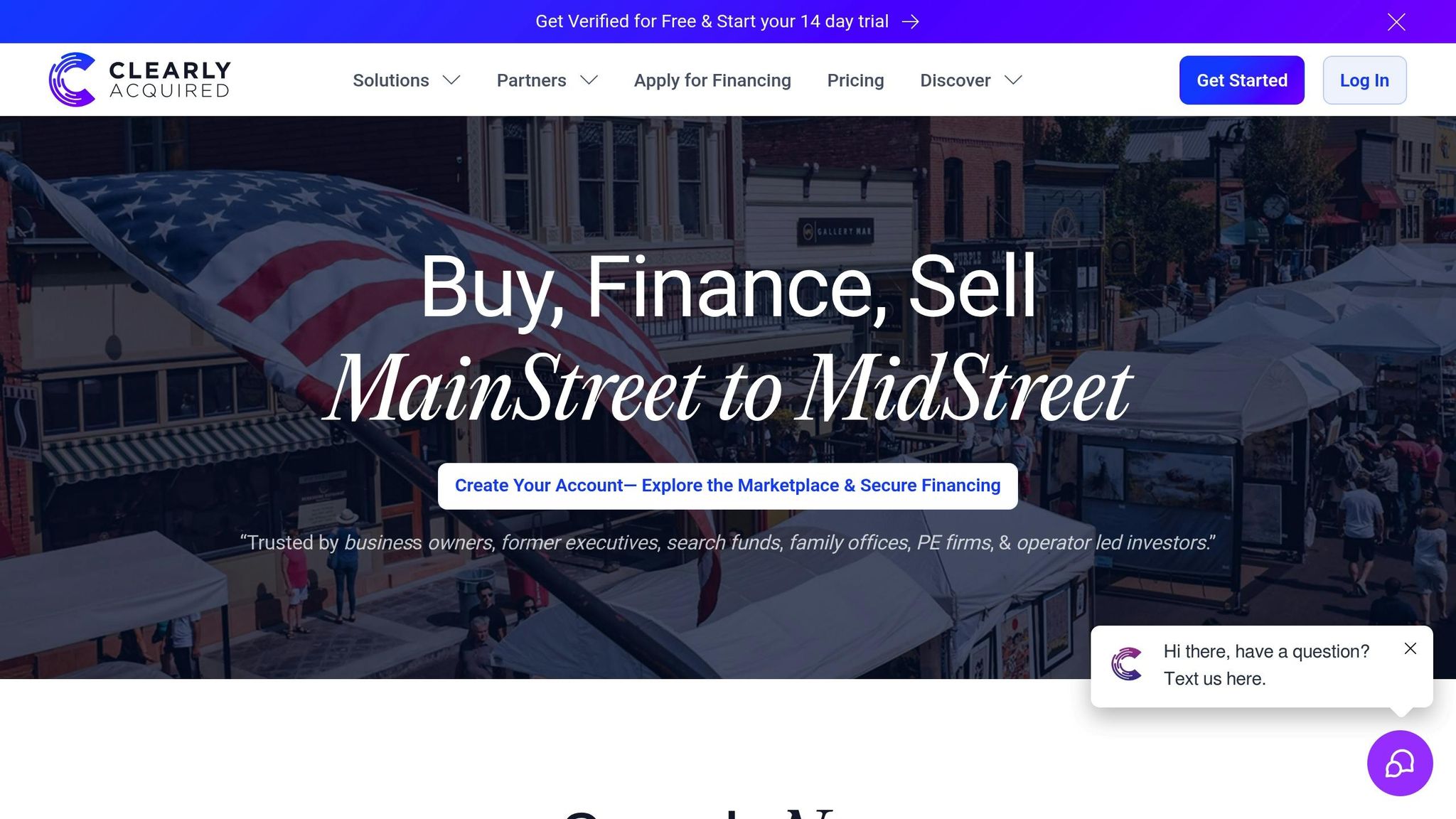
For SBA borrowers facing financial challenges, having the right support can make all the difference. Clearly Acquired steps in with a mix of advanced tools and expert guidance to help borrowers navigate the complexities of SBA loans. By combining strategic insights with funding options, Clearly Acquired provides a roadmap for borrowers to tackle their current hurdles and plan for a more secure financial future.
Expert Guidance and Tools
Clearly Acquired blends AI-driven technology with human expertise to help borrowers make smarter decisions about their SBA loan options. The platform offers a wealth of educational resources tailored to SBA lending programs. These include detailed guides on financing strategies, covering everything from traditional SBA loans to more flexible, alternative financing options.
The platform’s analytical tools - like business audits, growth insights, and AI-powered business valuation features - are designed to give borrowers a clear picture of their financial health. These tools help identify areas for improvement and are particularly useful when applying for Hardship Accommodation. By combining financial data, industry benchmarks, and market trends, the platform delivers accurate assessments that borrowers can use to demonstrate their business’s recovery potential to lenders.
For those juggling multiple SBA loans, Clearly Acquired’s pipeline and deal flow management tools simplify the process. These tools centralize all communications and documentation in one secure location, making it easier to stay organized when working with different lenders or tracking relief applications.
Capital Solutions
Beyond expert tools, Clearly Acquired offers tailored funding solutions to address immediate financial needs. The platform’s loan marketplace connects borrowers with lenders who specialize in SBA programs, including SBA 7(a) and SBA 504 loans.
For businesses grappling with cash flow issues, debt refinancing options are available to restructure payment terms and improve liquidity. This can be especially beneficial for borrowers who need to demonstrate financial stability when seeking Hardship Accommodation.
The platform also provides access to working capital lines of credit and equipment financing, which can help businesses maintain operations while managing their existing SBA obligations. These funding options ease cash flow constraints, giving borrowers the flexibility they need to navigate hardship periods successfully.
Clearly Acquired also supports borrowers exploring creative financing solutions, such as seller notes and earnouts. These options can be particularly useful for those considering business acquisitions or expansions as part of their recovery plan. The platform’s acquisition pre-qualification process, powered by Plaid for financial verification, streamlines evaluations for borrowers aiming to strengthen their business through strategic acquisitions.
Conclusion
The SBA Hardship Accommodation and SBA Loan Forgiveness programs serve different purposes and offer distinct solutions for business owners managing their financial obligations. Understanding these differences is key to making the right choice for your business's future.
SBA Hardship Accommodation, particularly through the Hardship Accommodation Plan (HAP), offers temporary relief by reducing monthly payments. While it can ease financial strain, it doesn't cancel your debt - interest will continue to accrue, and the full loan balance remains your responsibility. With expanded eligibility as of February 2024, more EIDL borrowers now have access to this program, giving businesses a chance to regroup during tough times.
On the other hand, SBA Loan Forgiveness provided permanent debt cancellation through programs like the Paycheck Protection Program (PPP), which ended in May 2021. Borrowers who met specific criteria, such as using funds for payroll and eligible expenses, could have their loans completely forgiven. However, most SBA loans - including EIDL, 7(a), Express, and 504 loans - don’t qualify for forgiveness and must be repaid in full.
Maintaining open communication with your lender is essential to exploring and securing available relief options.
For businesses navigating these complex decisions, Clearly Acquired offers a powerful combination of AI-driven tools, expert advice, and tailored funding solutions. Whether you’re dealing with SBA 7(a) loans, refinancing debt, or planning strategically for the future, their platform equips you with the resources to make informed decisions and work toward financial stability.
Choosing the right path depends on your unique circumstances, loan type, and business goals. With the right tools and expert guidance, you can take steps to secure your business’s financial future.
FAQs
What is the difference between SBA Hardship Accommodation and SBA Loan Forgiveness, and how do their eligibility and application processes compare?
SBA Hardship Accommodation offers temporary financial relief to businesses grappling with persistent challenges, often stemming from the impact of COVID-19. To qualify, business owners need to demonstrate financial strain and provide supporting documentation via the MySBA Loan Portal. This program is aimed at adjusting loan repayment terms to help businesses navigate tough times.
On the other hand, SBA Loan Forgiveness - such as for Paycheck Protection Program (PPP) loans - depends on how the loan funds were utilized. Borrowers can apply for forgiveness through their lender or the SBA portal if the funds were spent on eligible expenses like payroll. This process typically moves faster and centers on verifying that the loan was used appropriately, rather than assessing ongoing financial hardship.
The main distinction lies in their purpose: hardship accommodation offers temporary repayment relief, while loan forgiveness cancels repayment entirely if specific conditions are met.
What happens to your loan during the SBA Hardship Accommodation period, and what should borrowers keep in mind about interest accrual?
During the SBA Hardship Accommodation period, your loan continues to accrue interest, even if payments are temporarily deferred. This means your loan balance will grow, which could lead to higher repayment costs or a larger final payment when the loan term ends.
It’s important to assess whether you’ll be able to manage potentially higher payments down the road. If possible, consider options to pay off some of the accrued interest during the deferment period. Taking proactive steps now can help reduce financial stress and make managing your loan easier in the long run.
What options are available for businesses with non-PPP SBA loans that don’t qualify for forgiveness?
If your business has a non-PPP SBA loan that isn’t eligible for forgiveness, don’t worry - there are still other paths you can take. Options like refinancing with SBA 7(a) loans, applying for SBA microloans, or exploring other financing solutions such as business term loans, lines of credit, or merchant cash advances could be worth considering.
You might also look into restructuring your debt through SBA programs that offer more flexible repayment terms. While these choices won’t erase your loan, they can ease your financial burden by improving cash flow and giving you some breathing room.


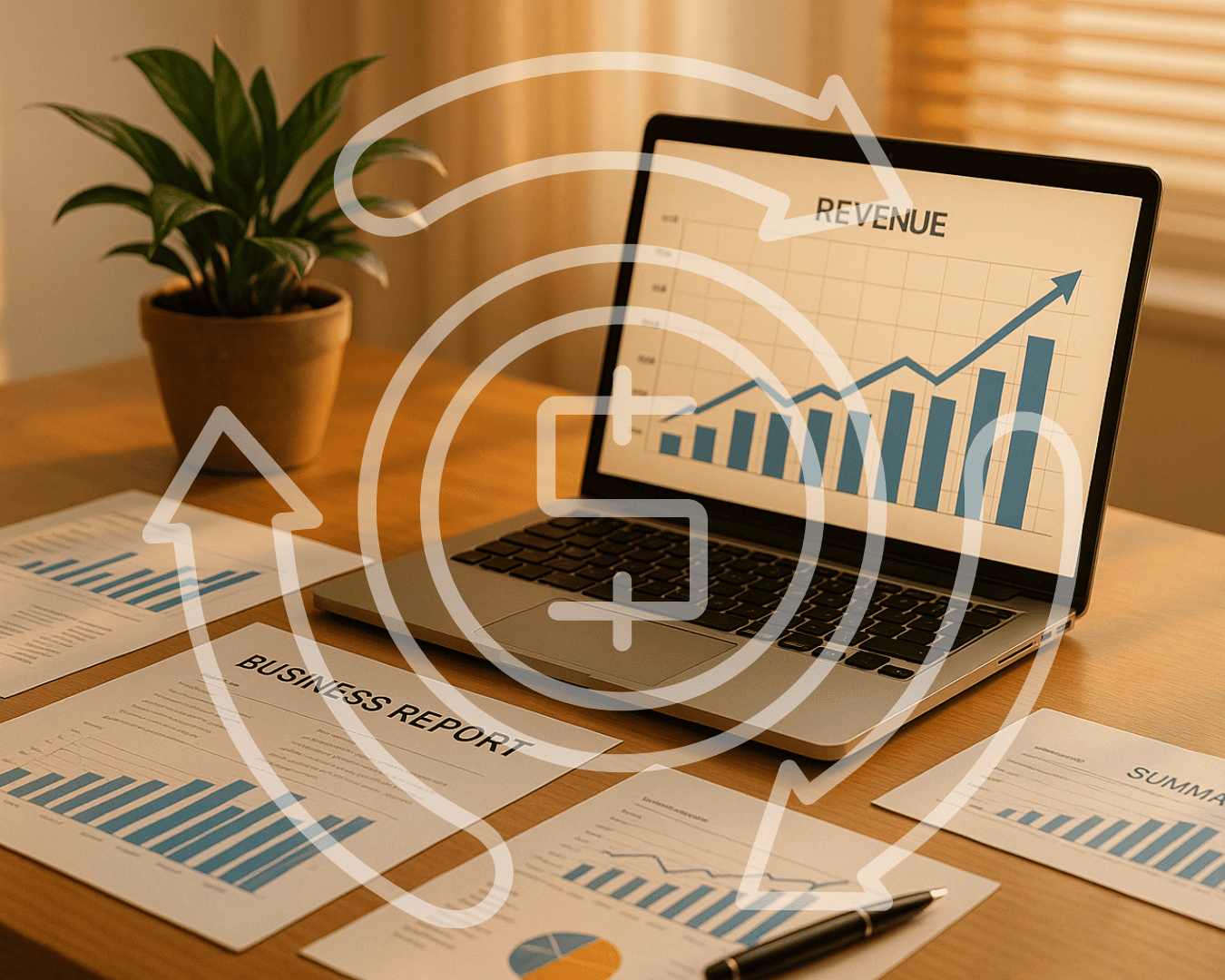

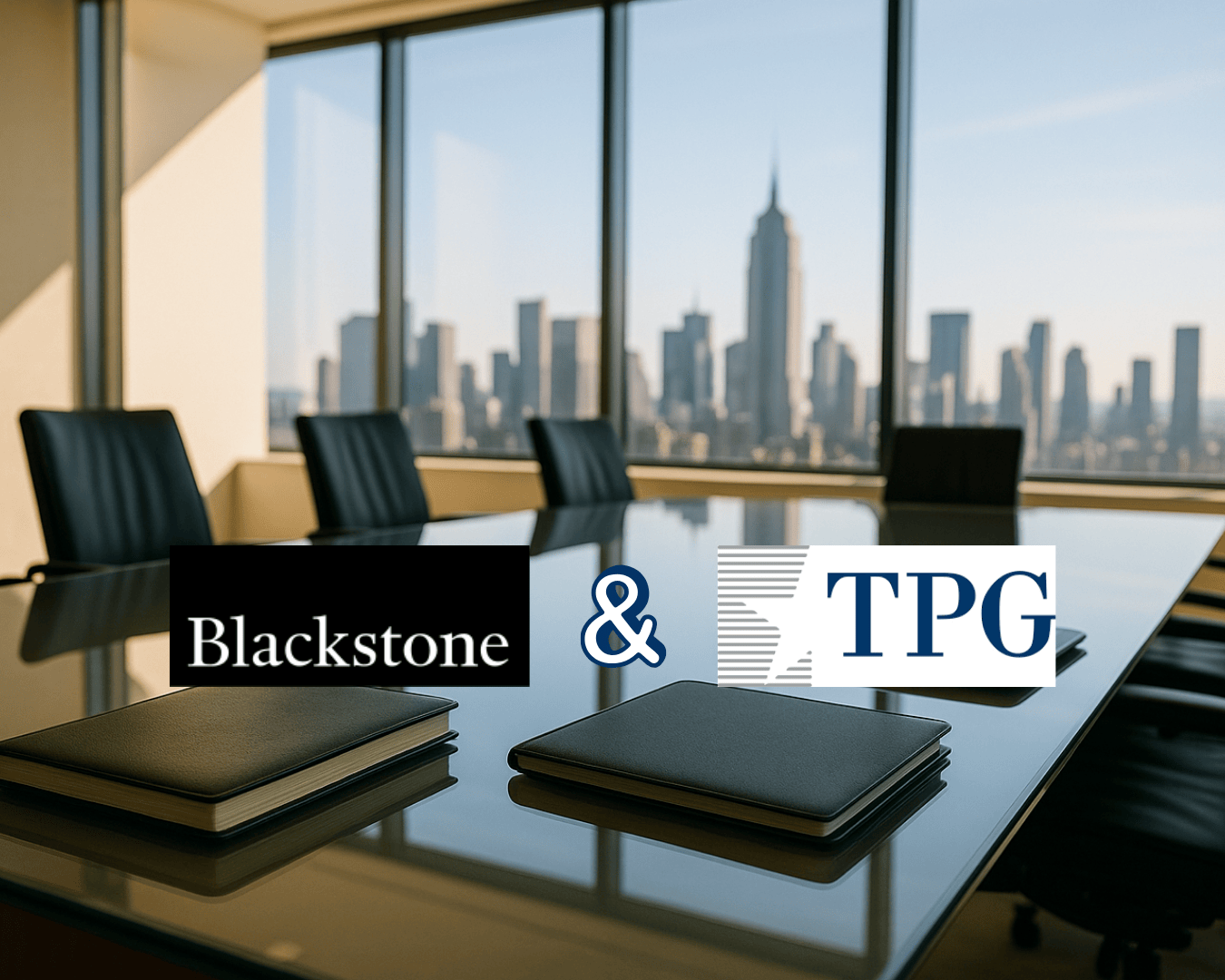



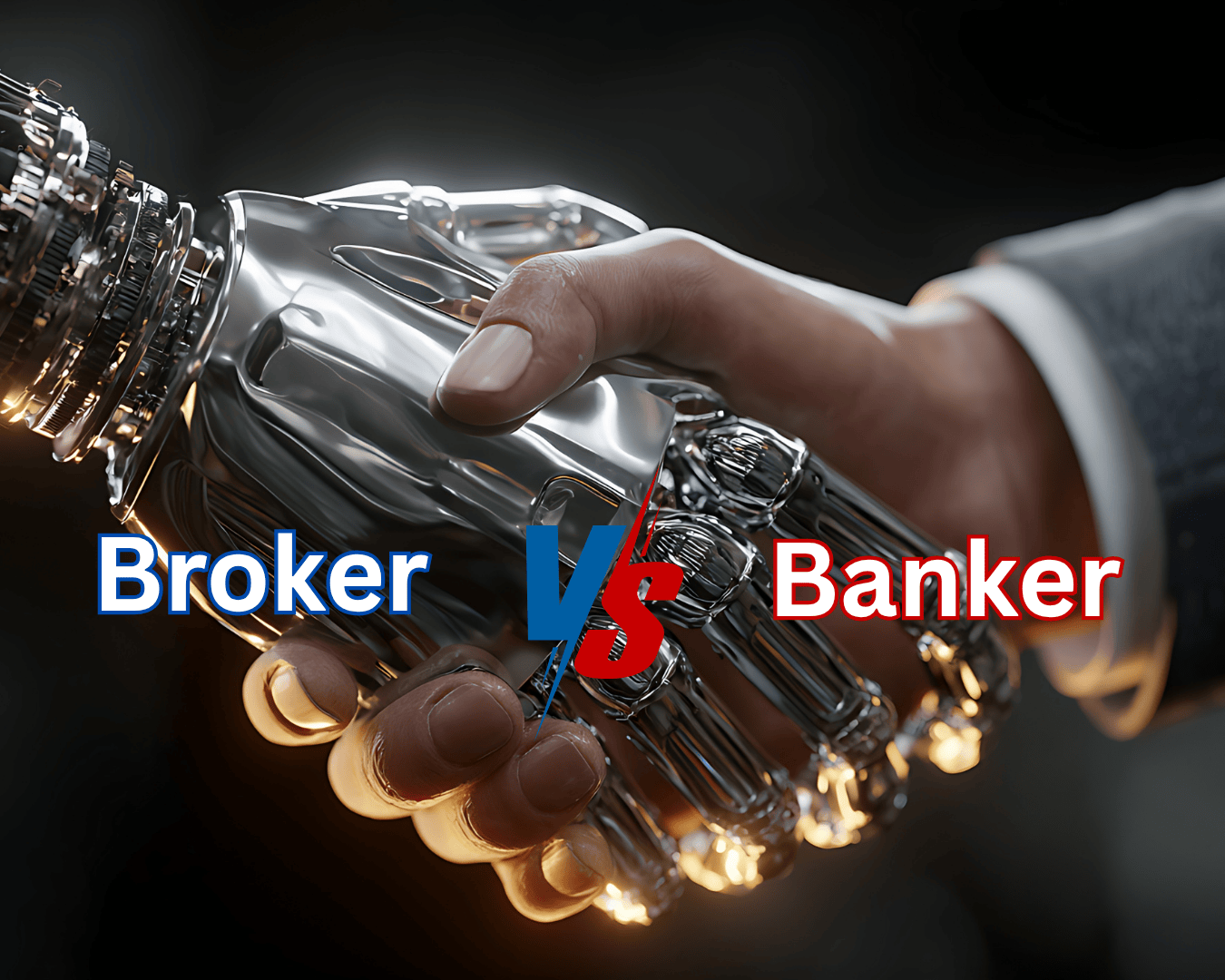
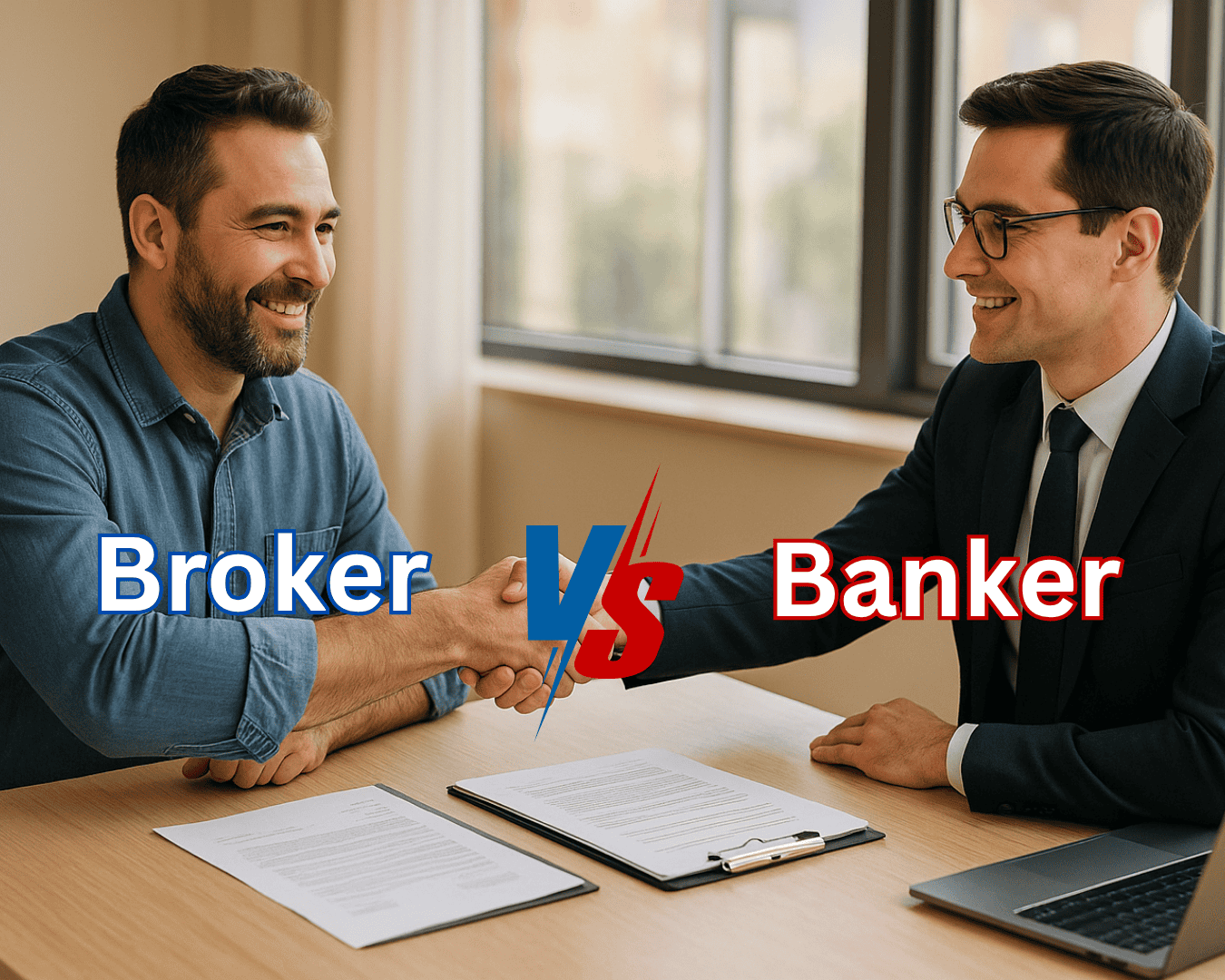
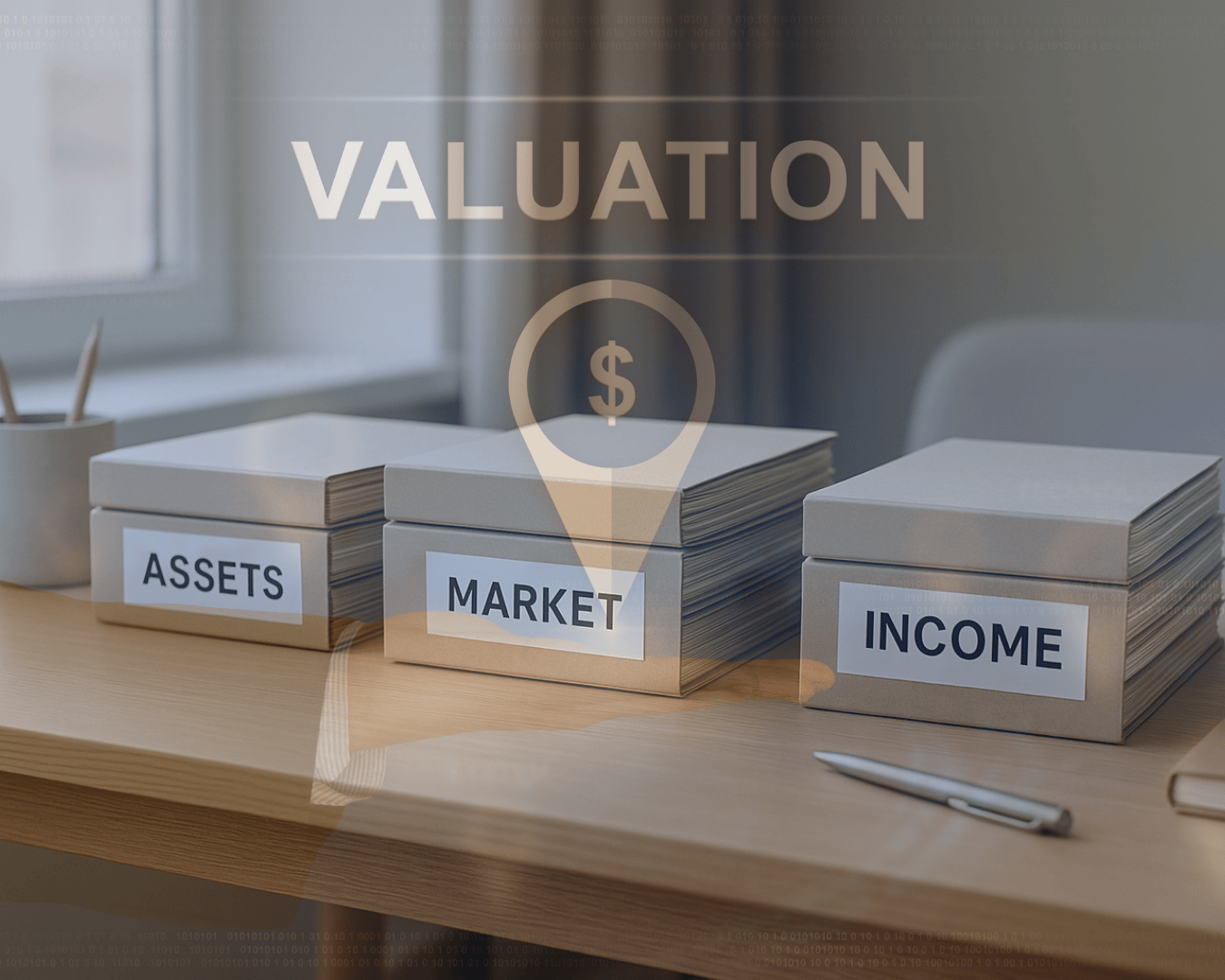
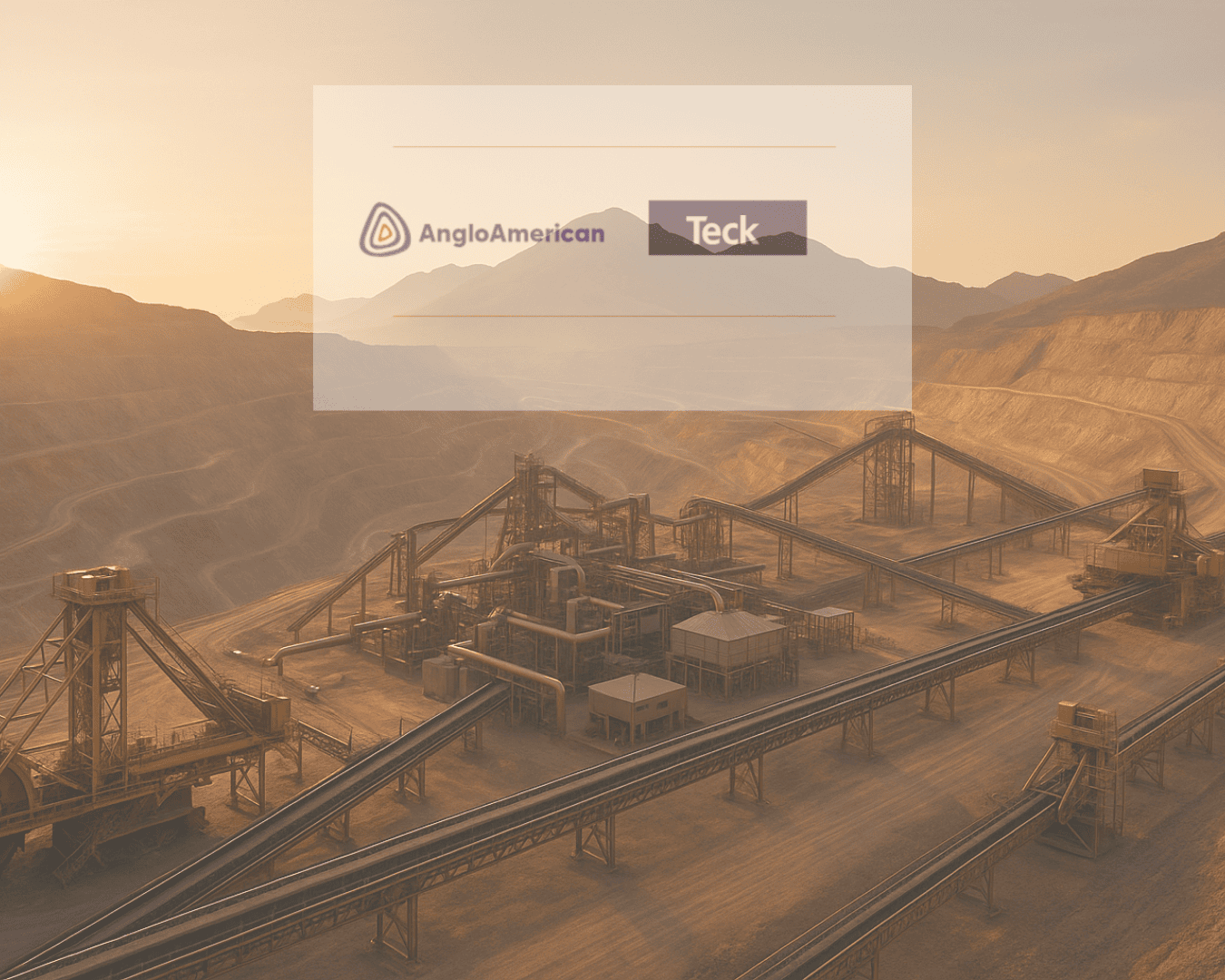

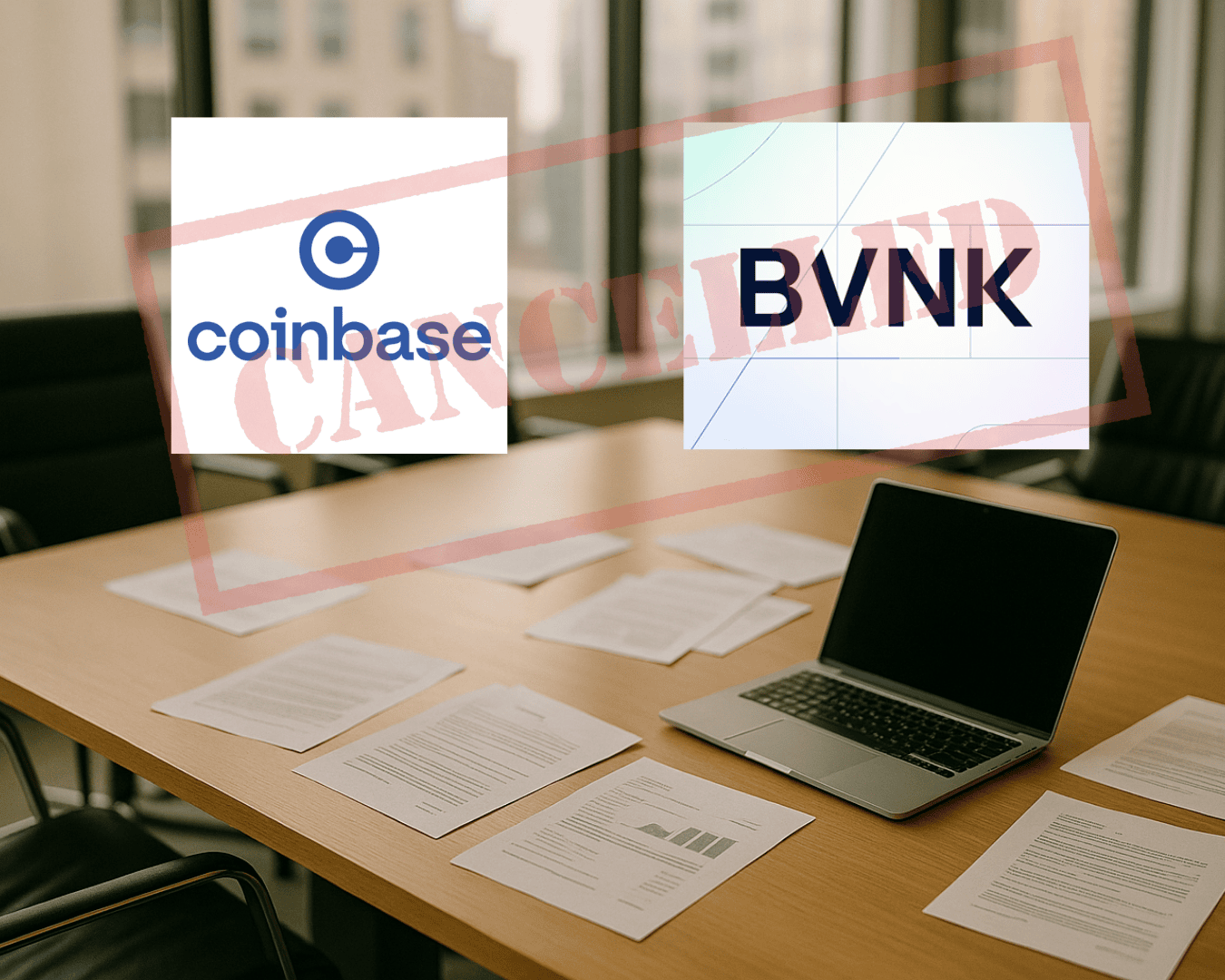







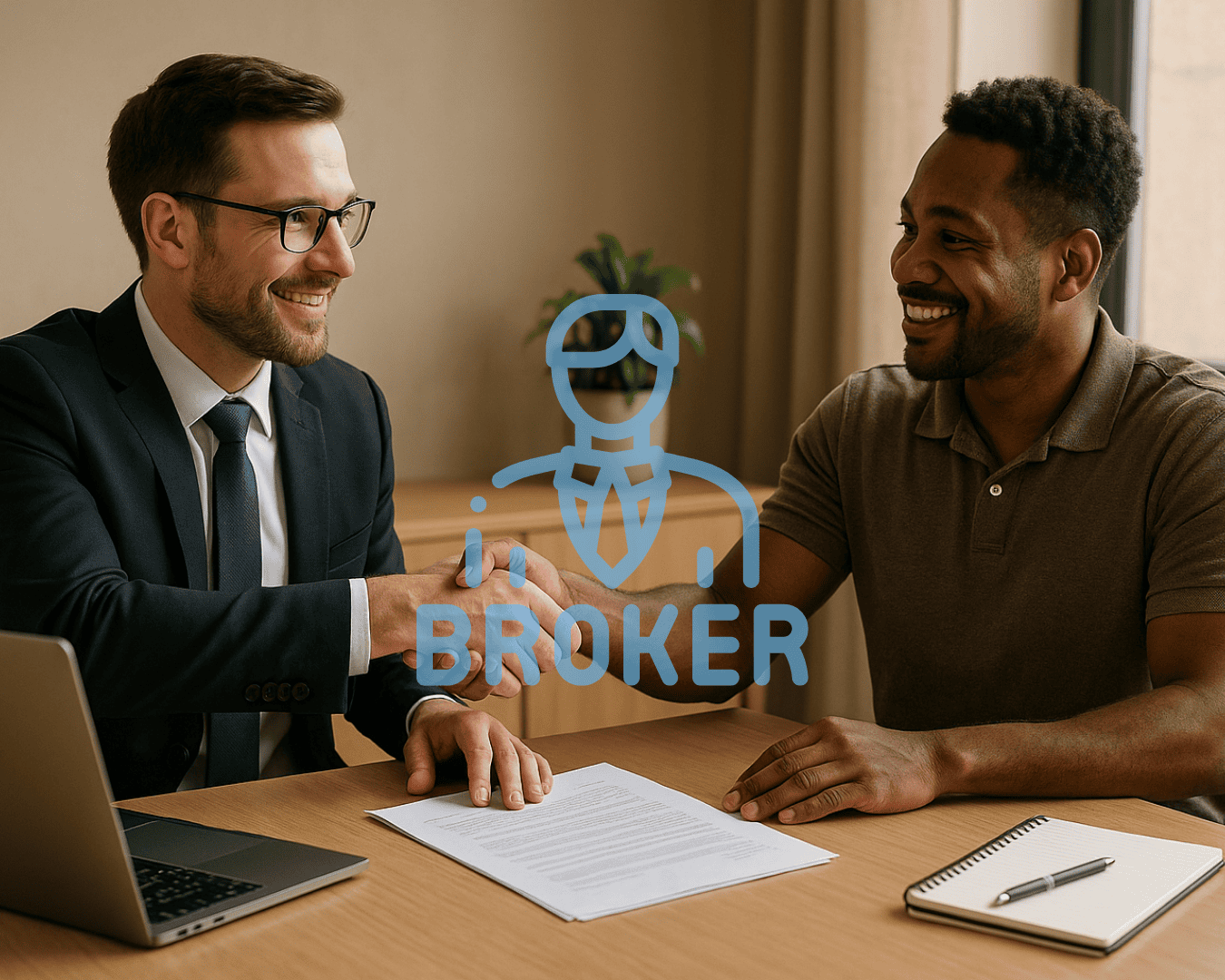

.png)
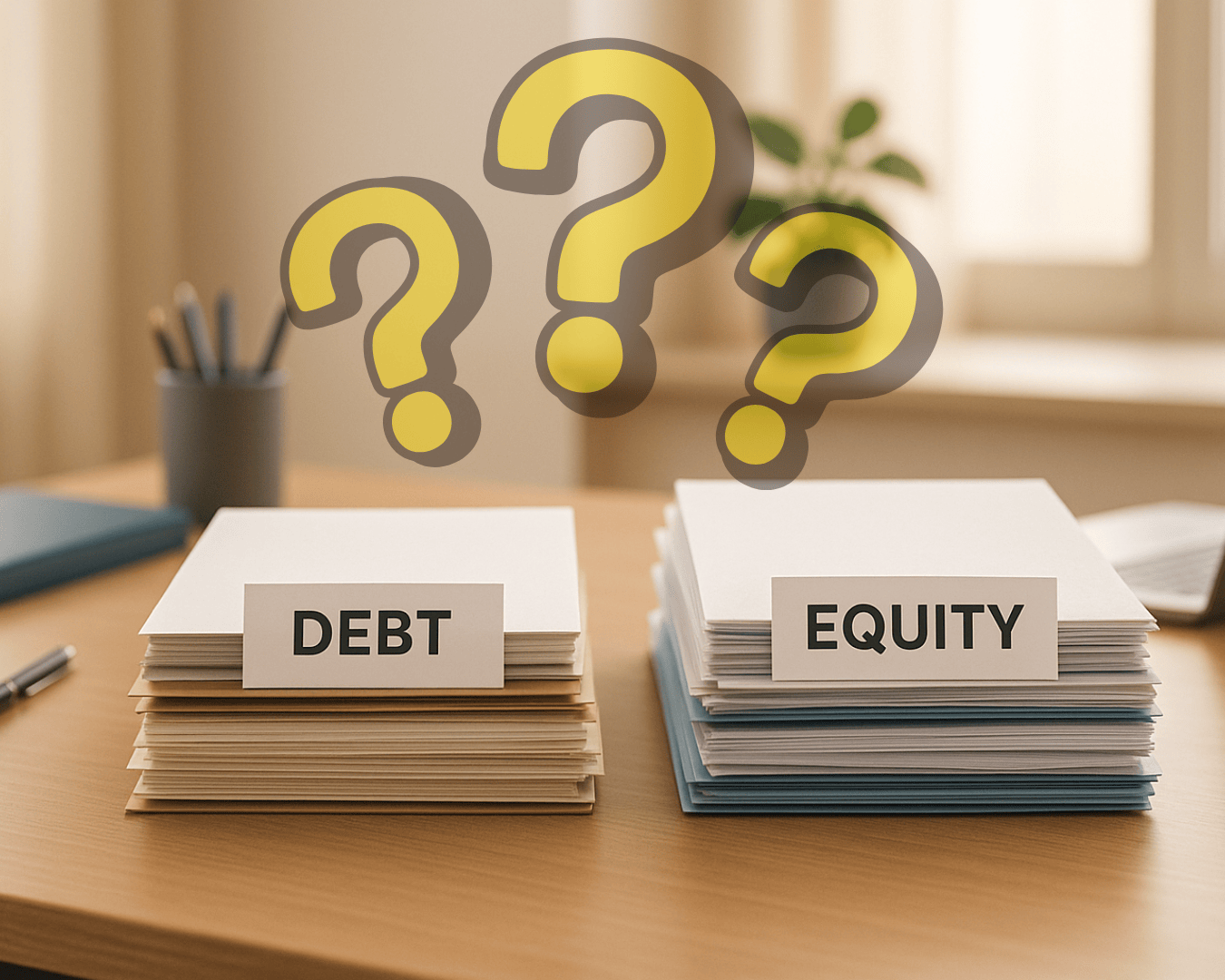
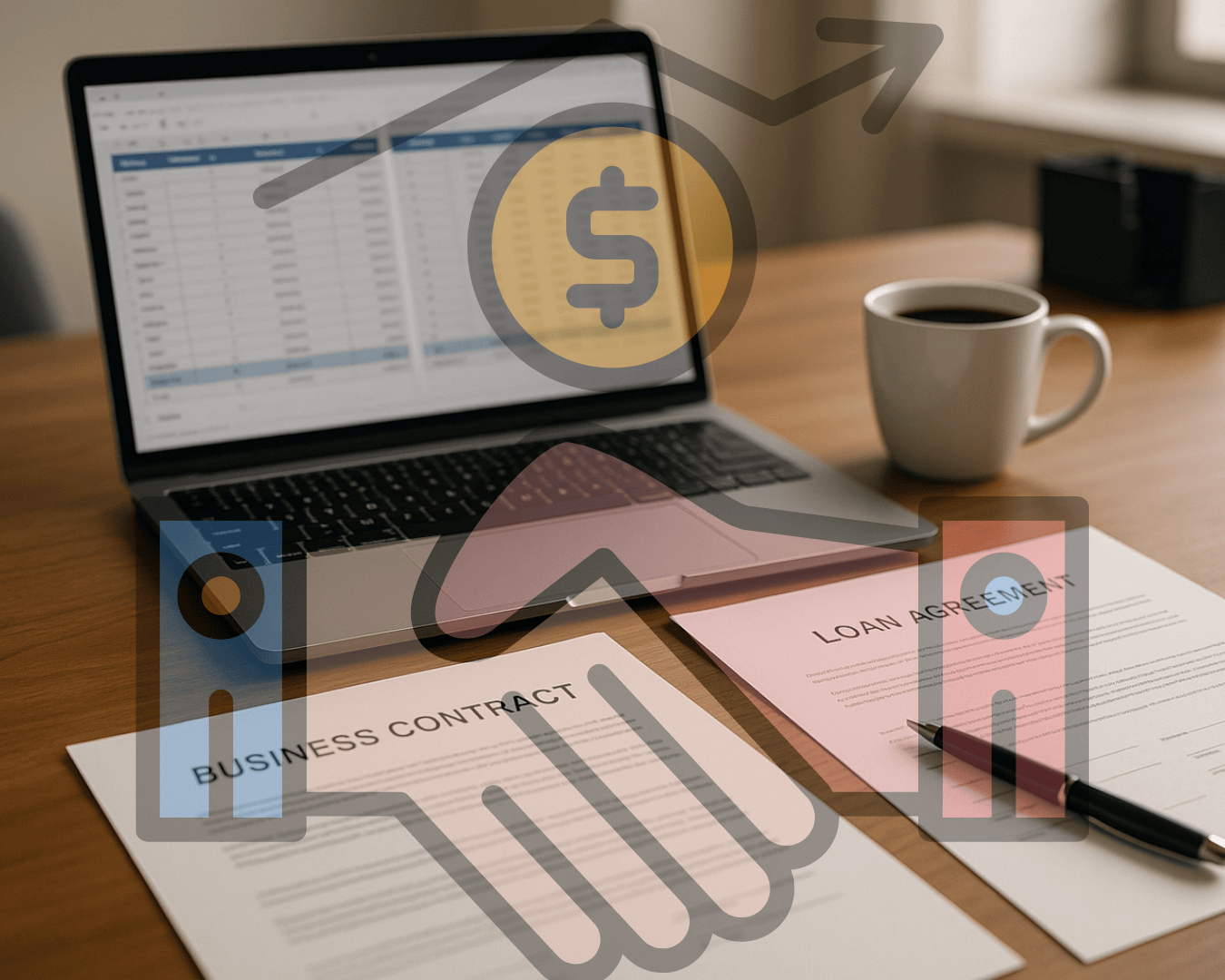


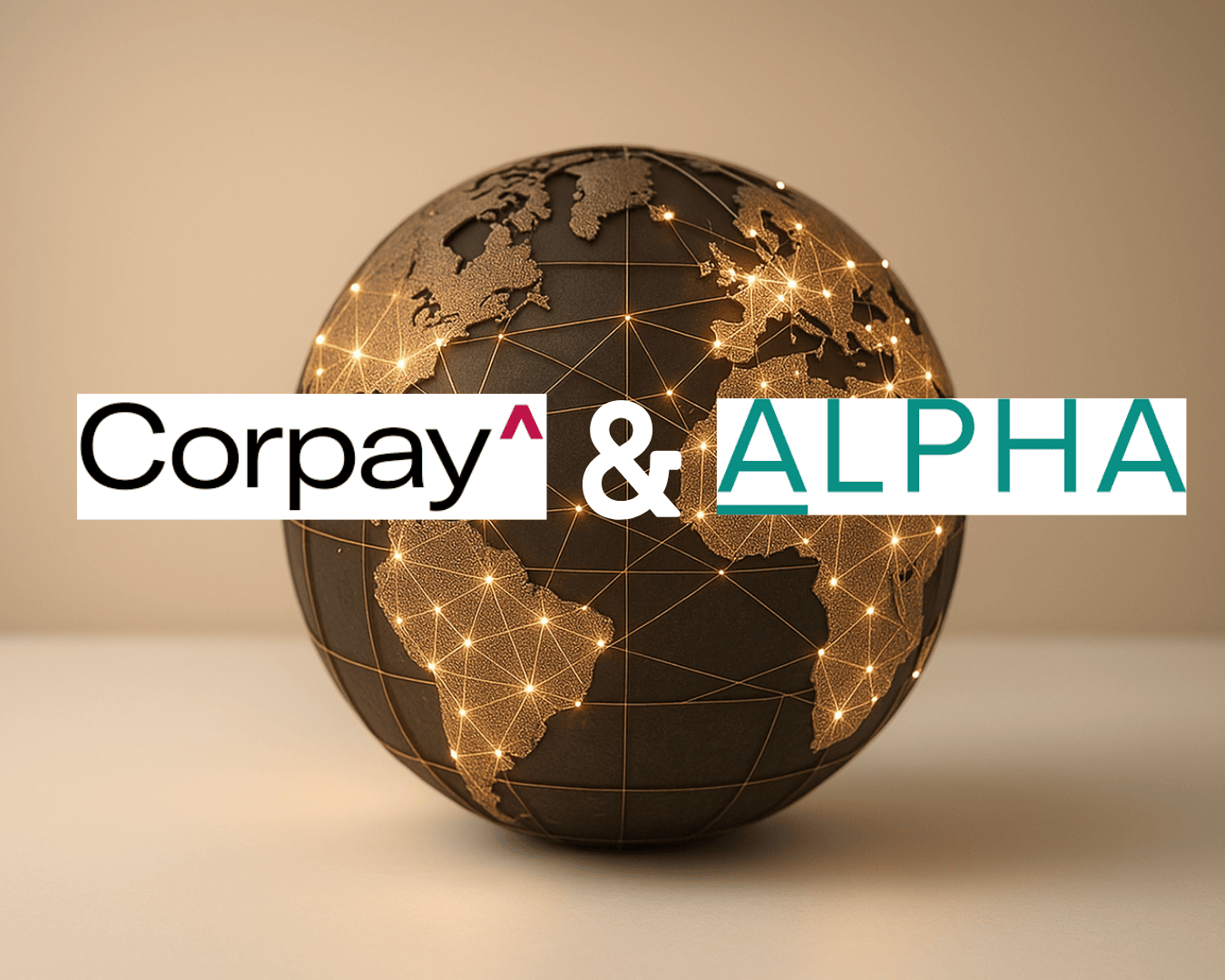
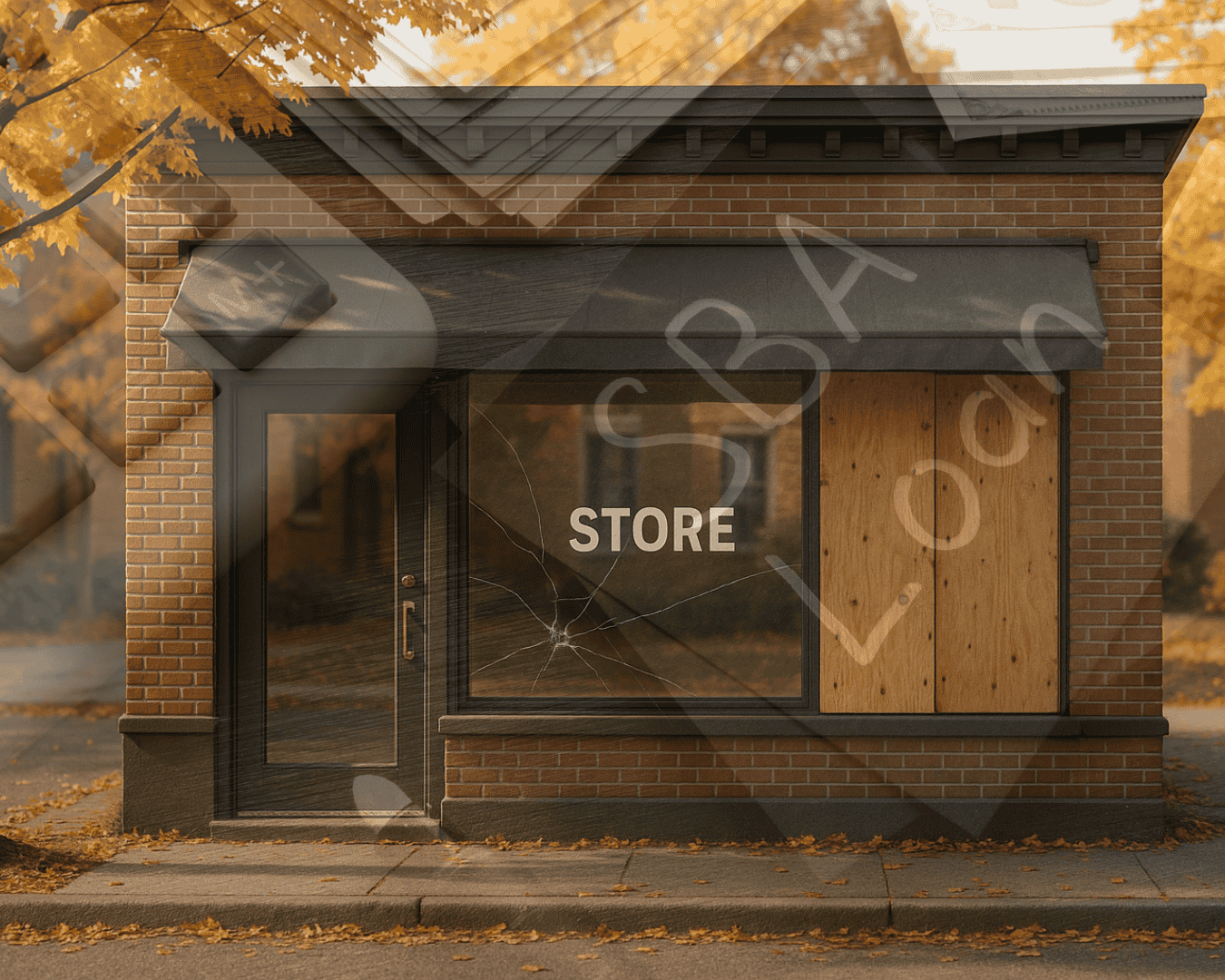
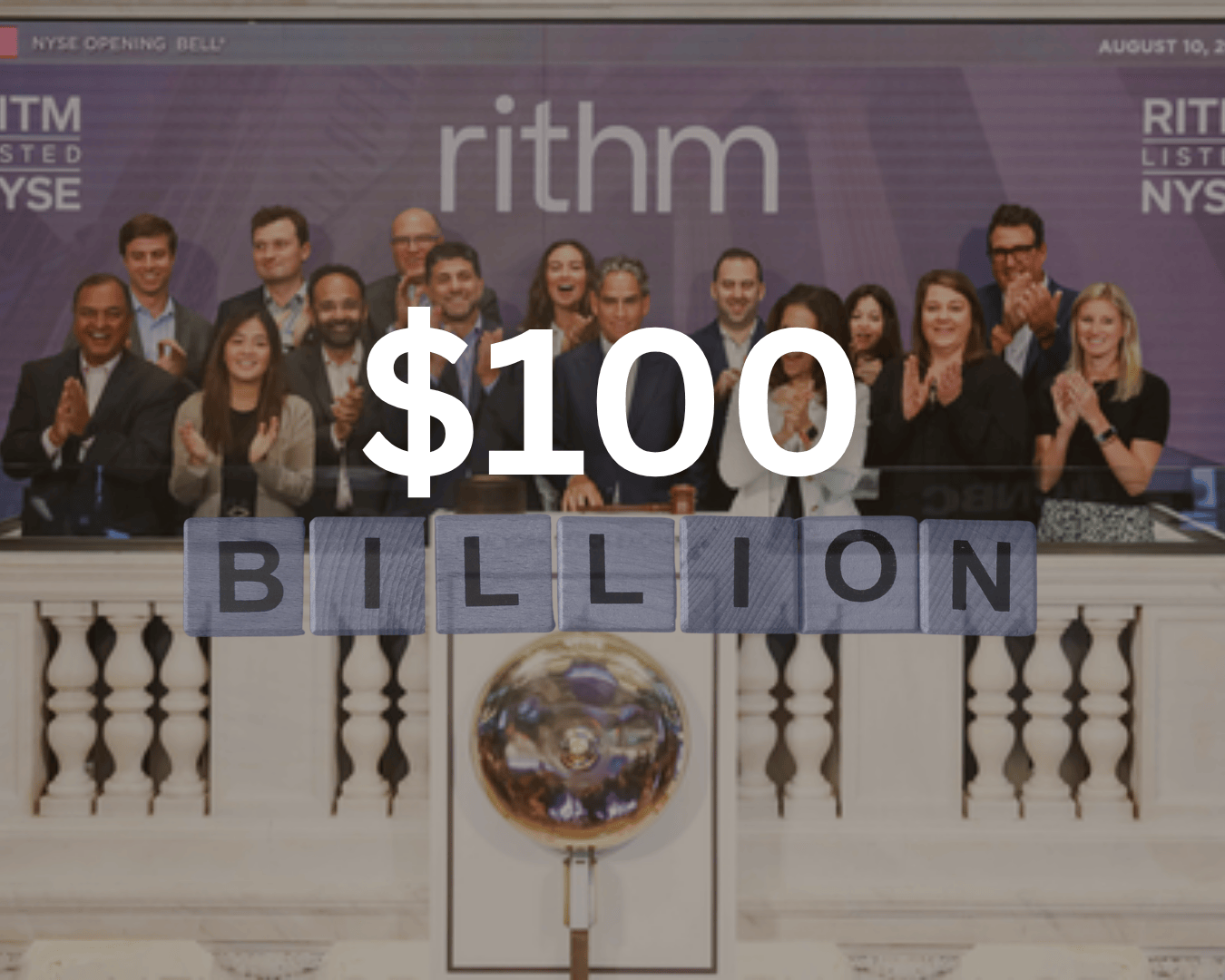

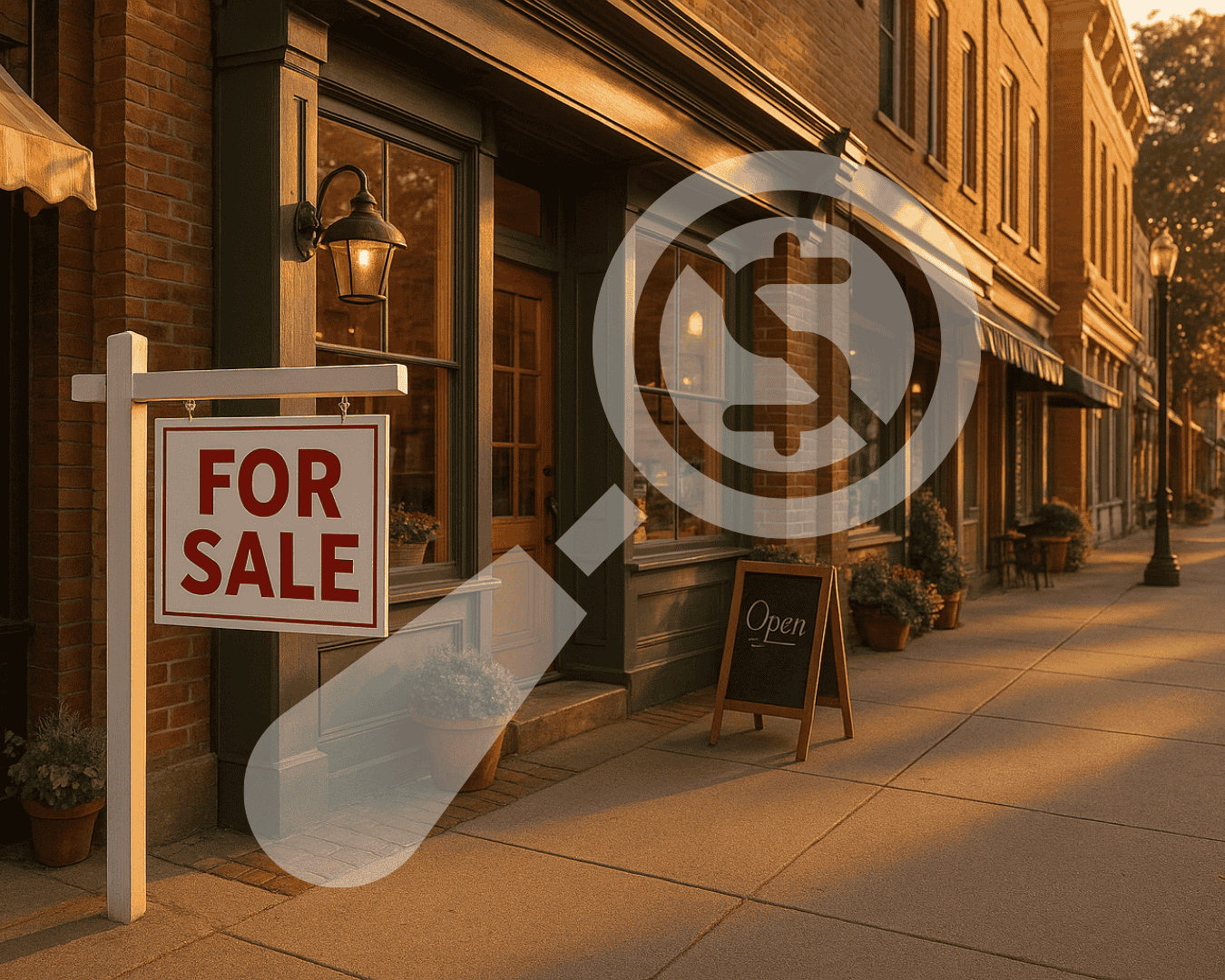

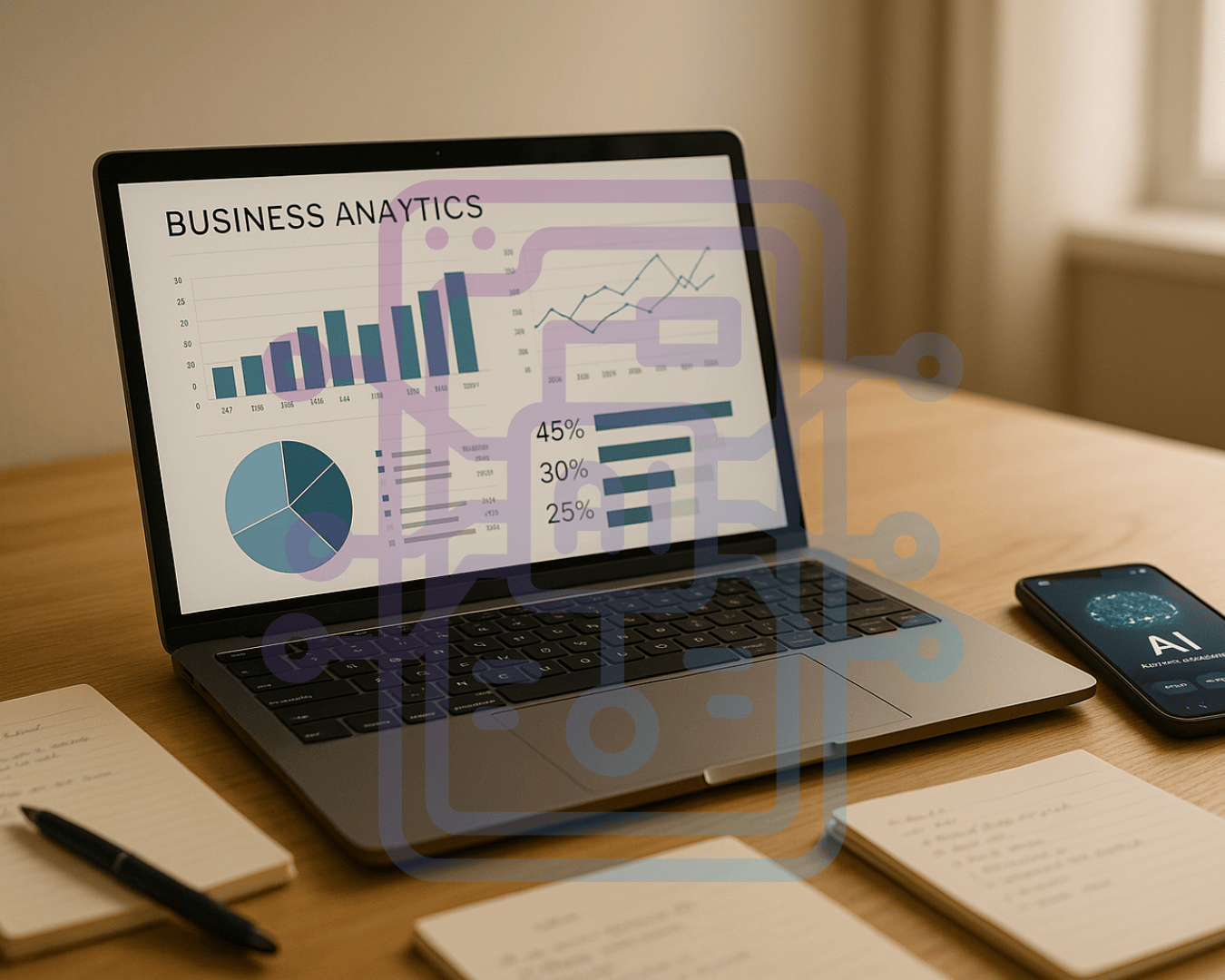






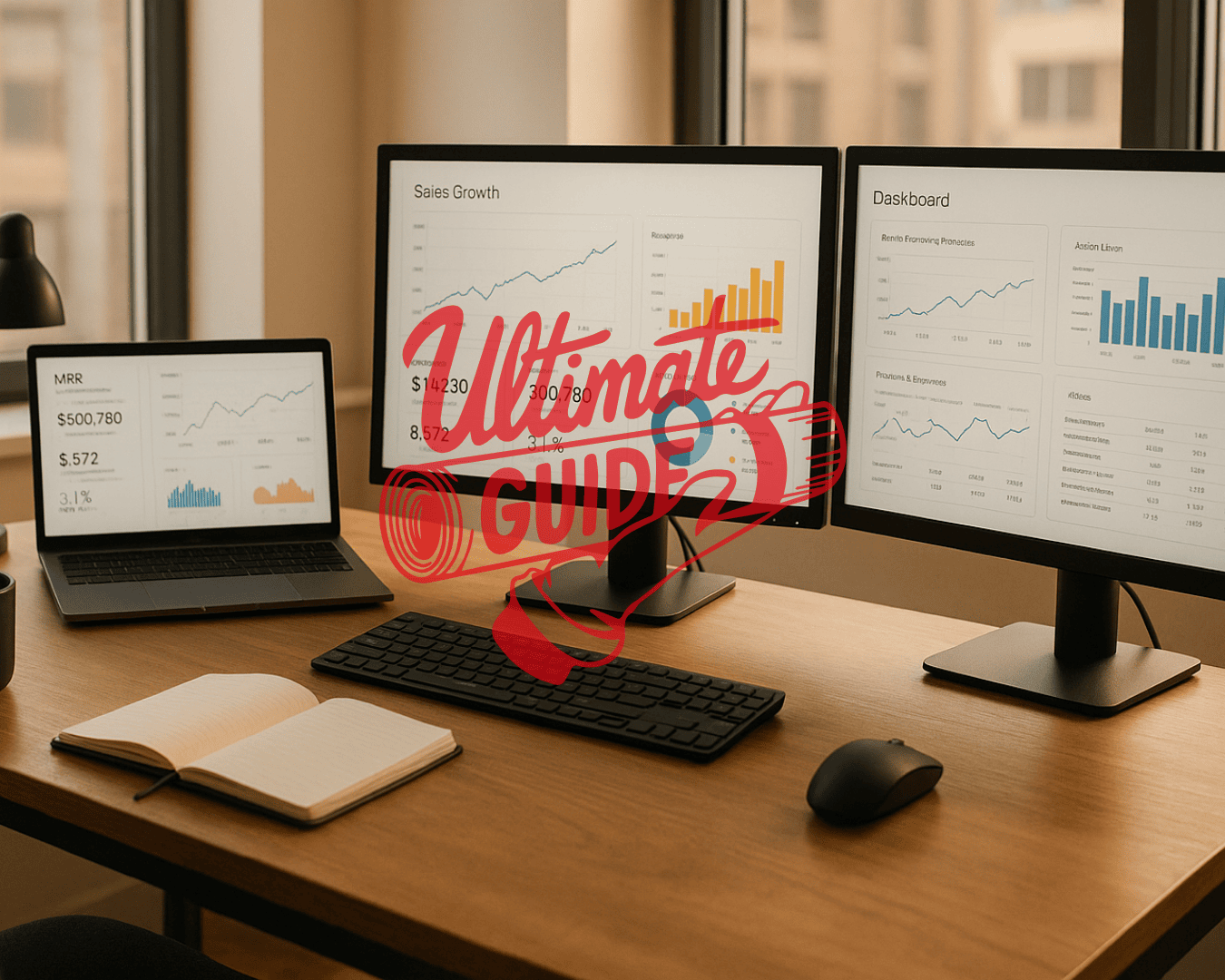




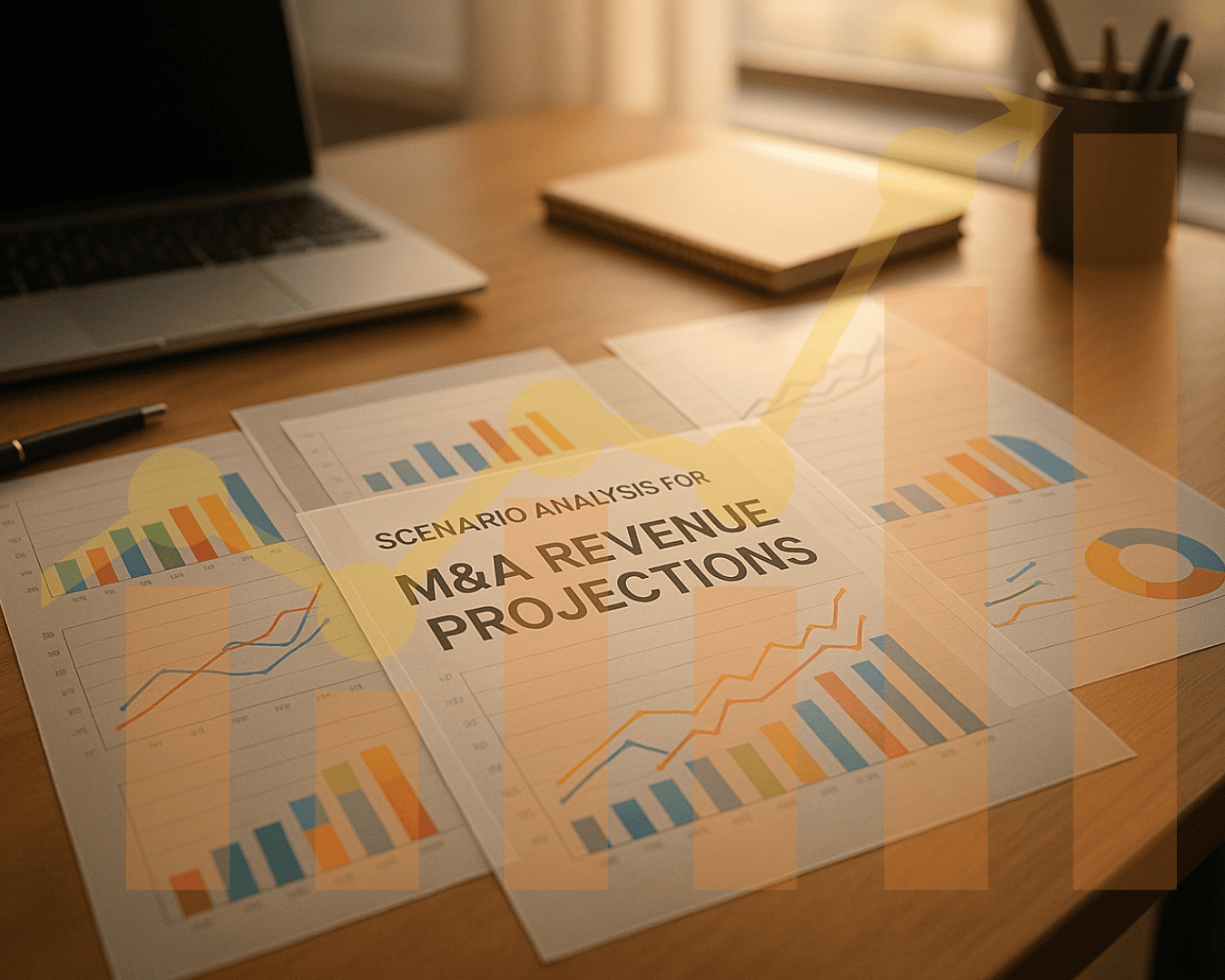
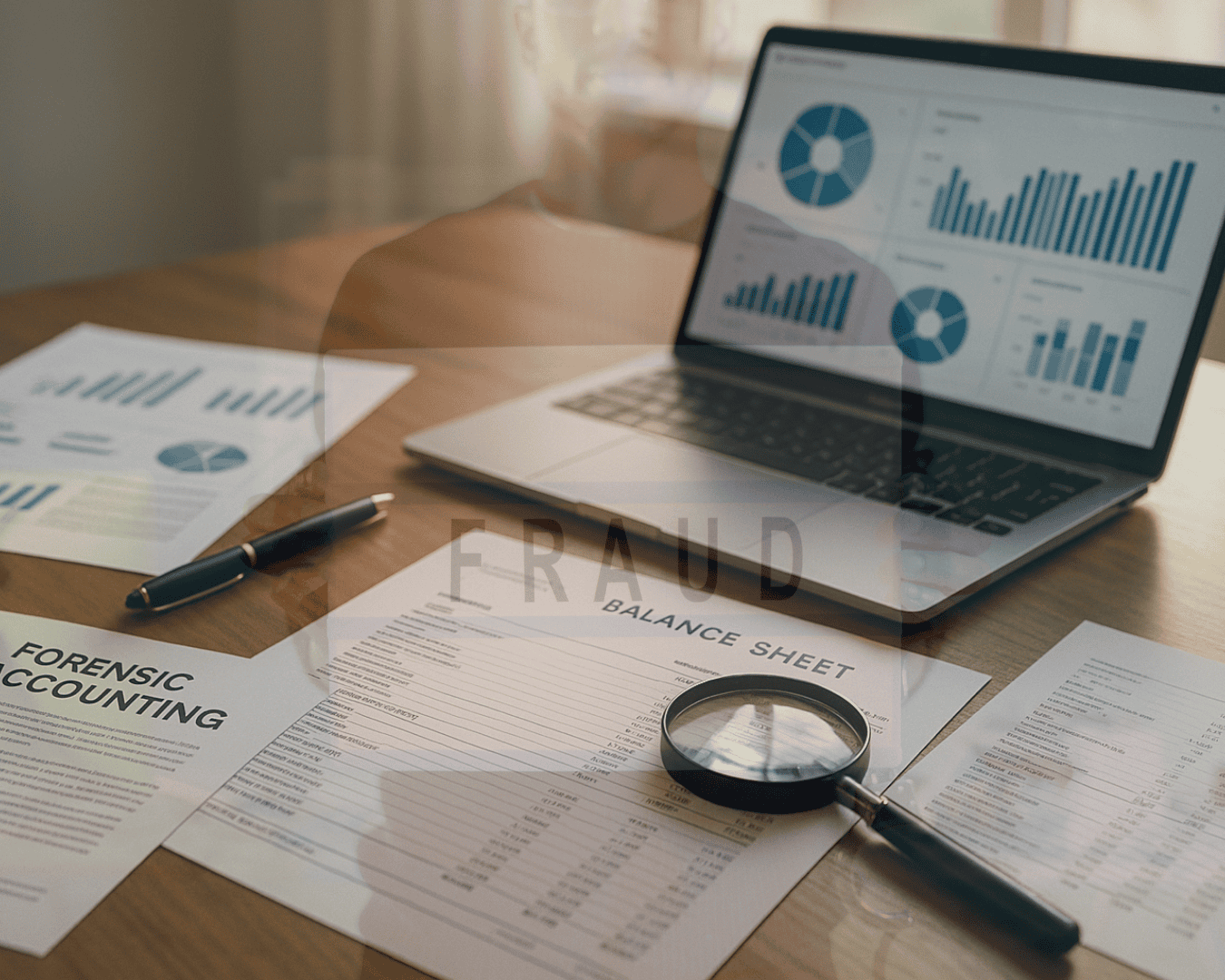
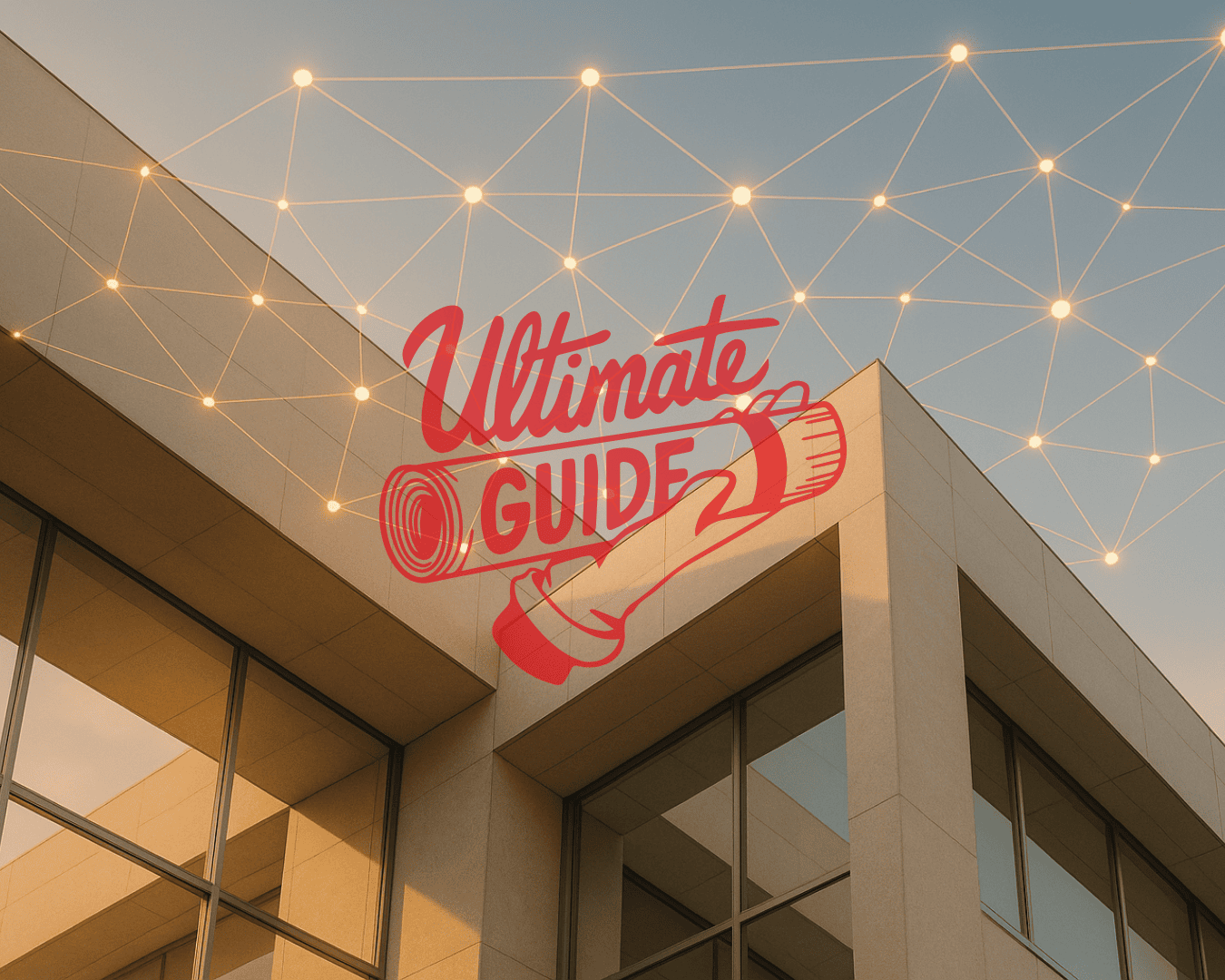


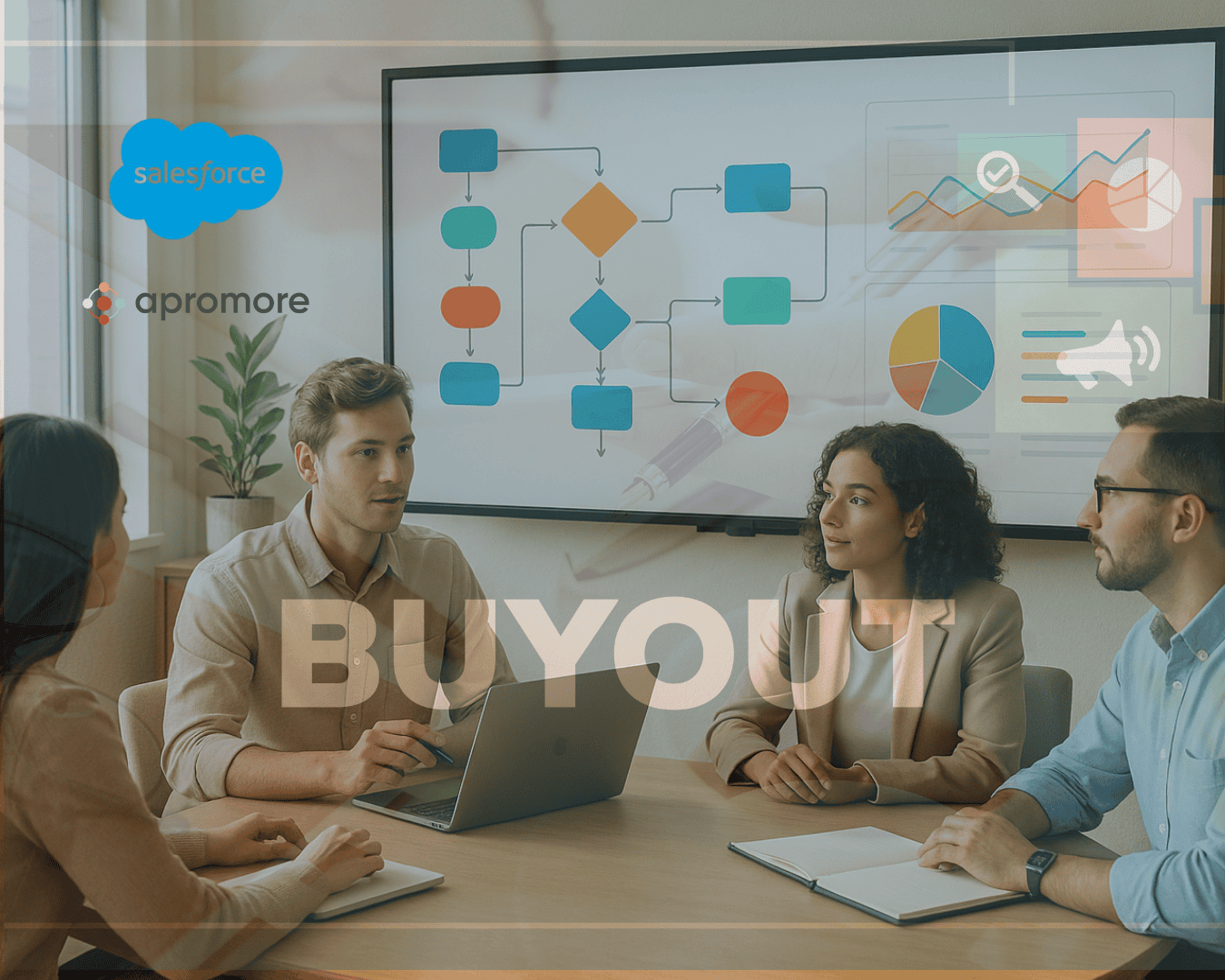
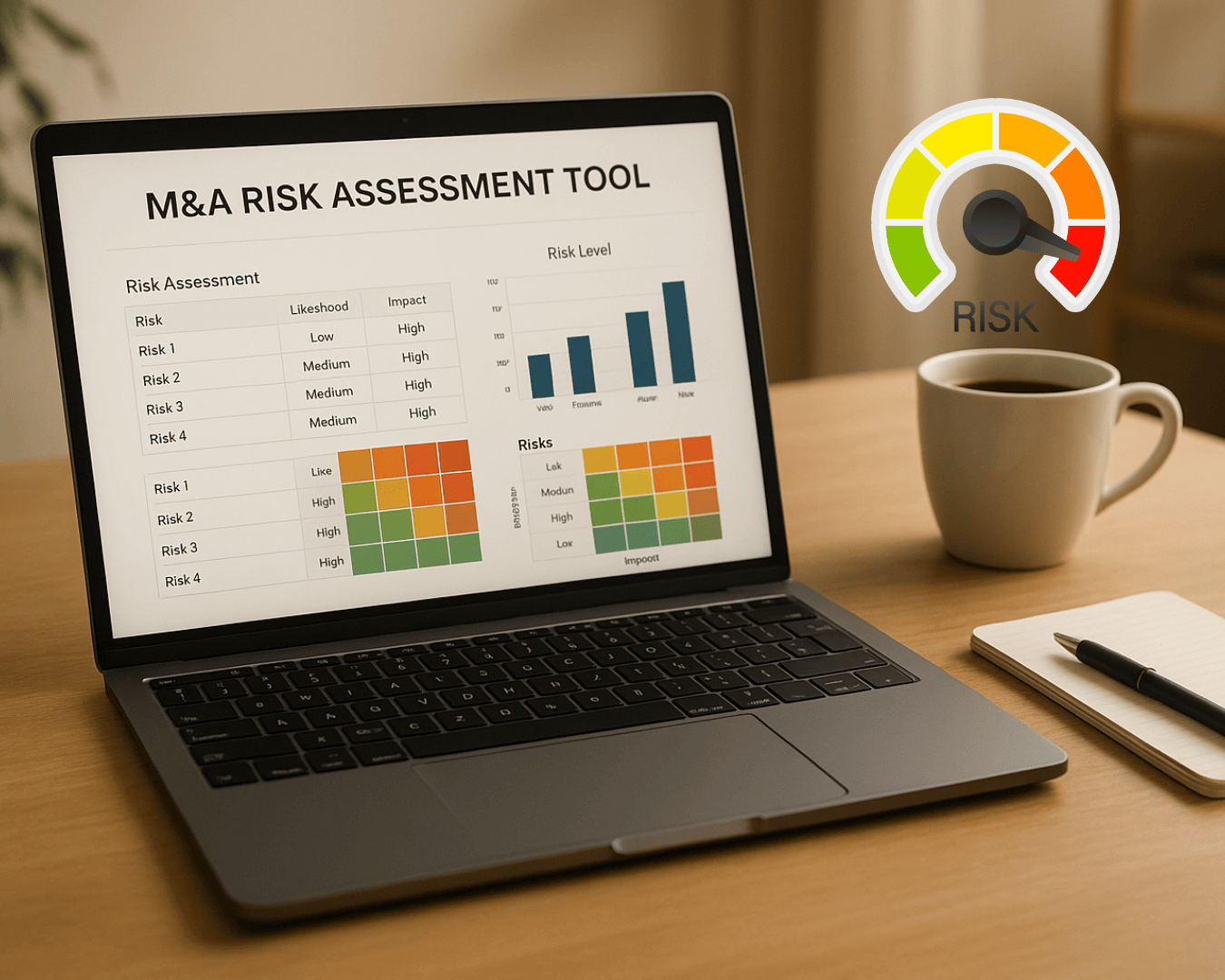

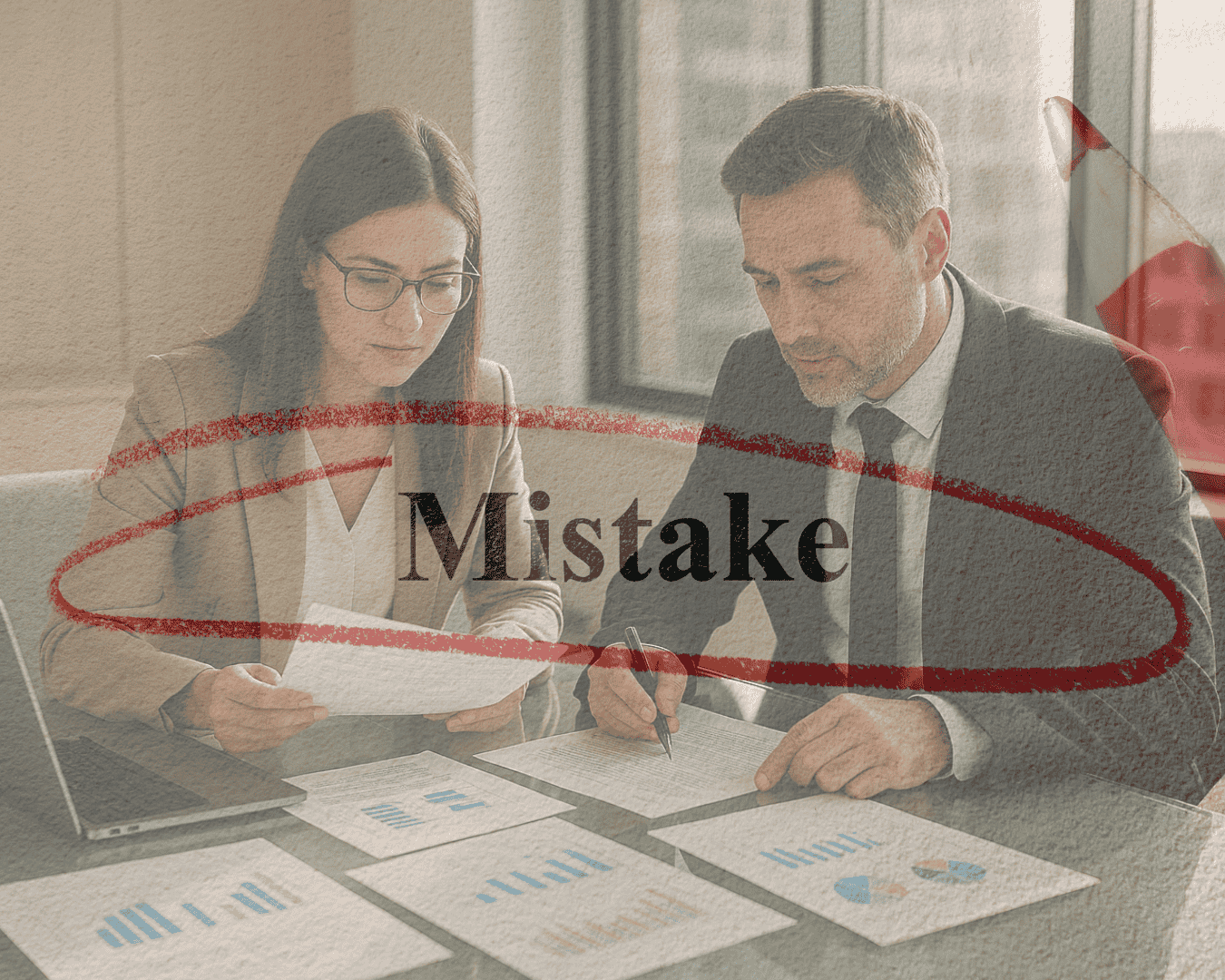
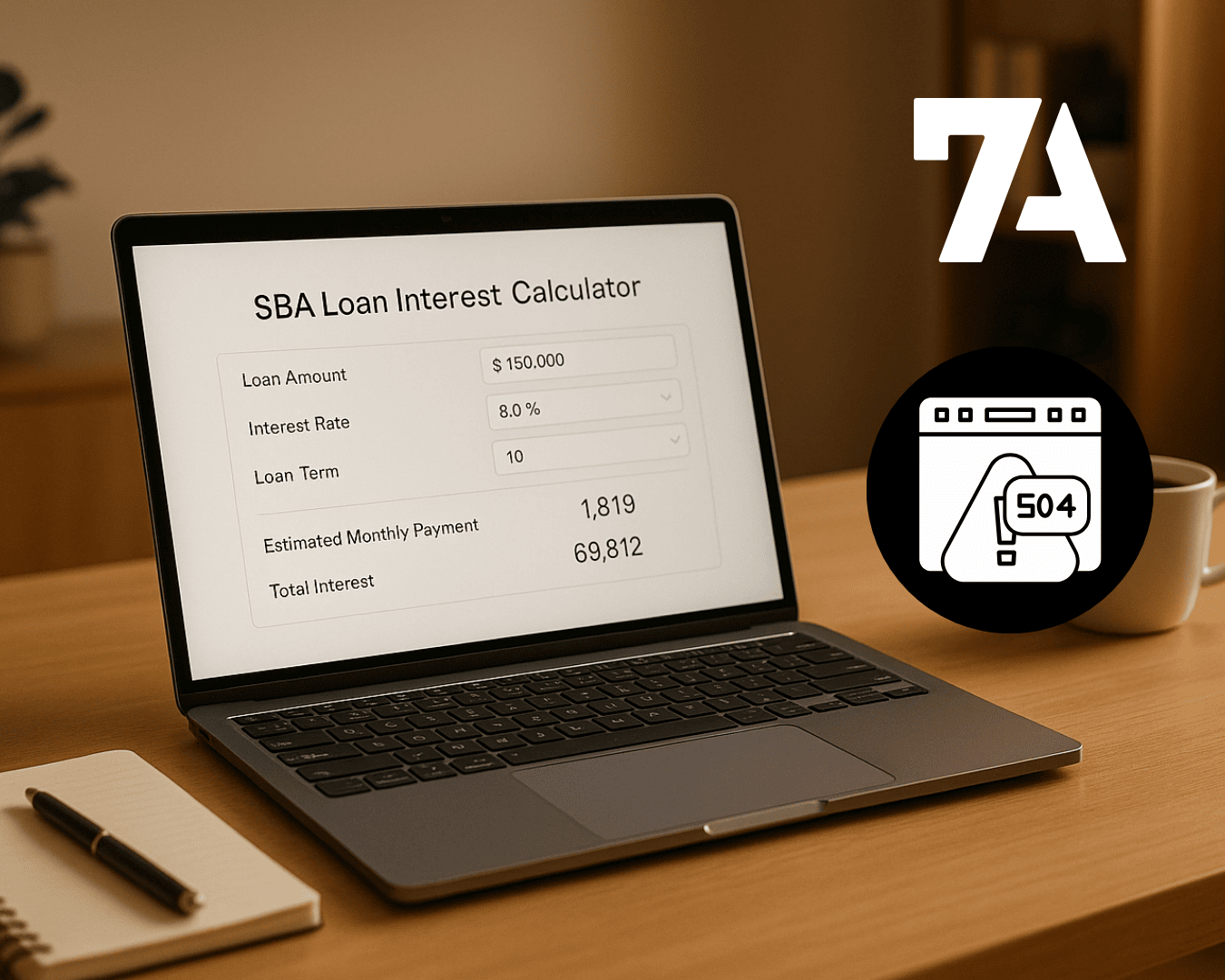
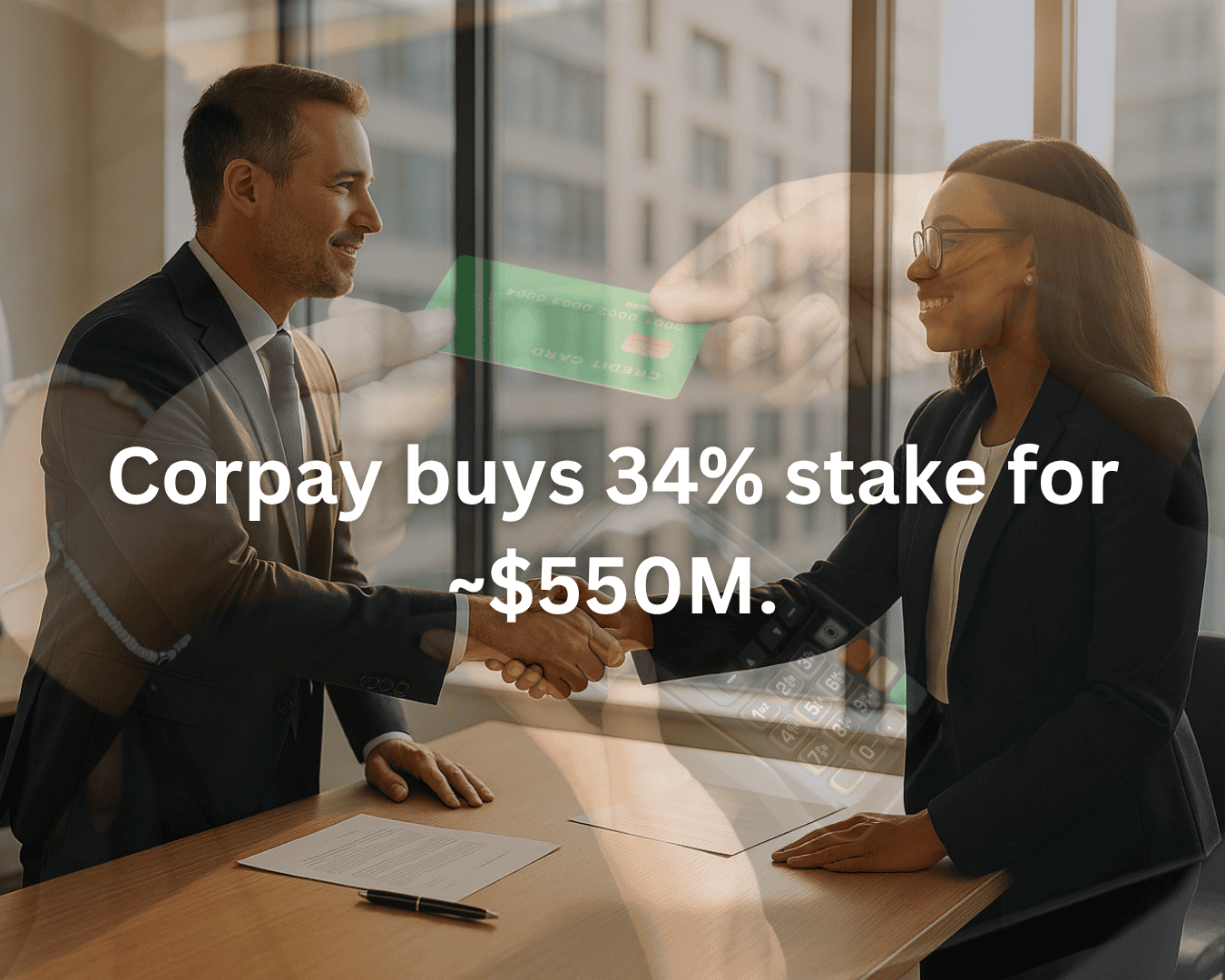






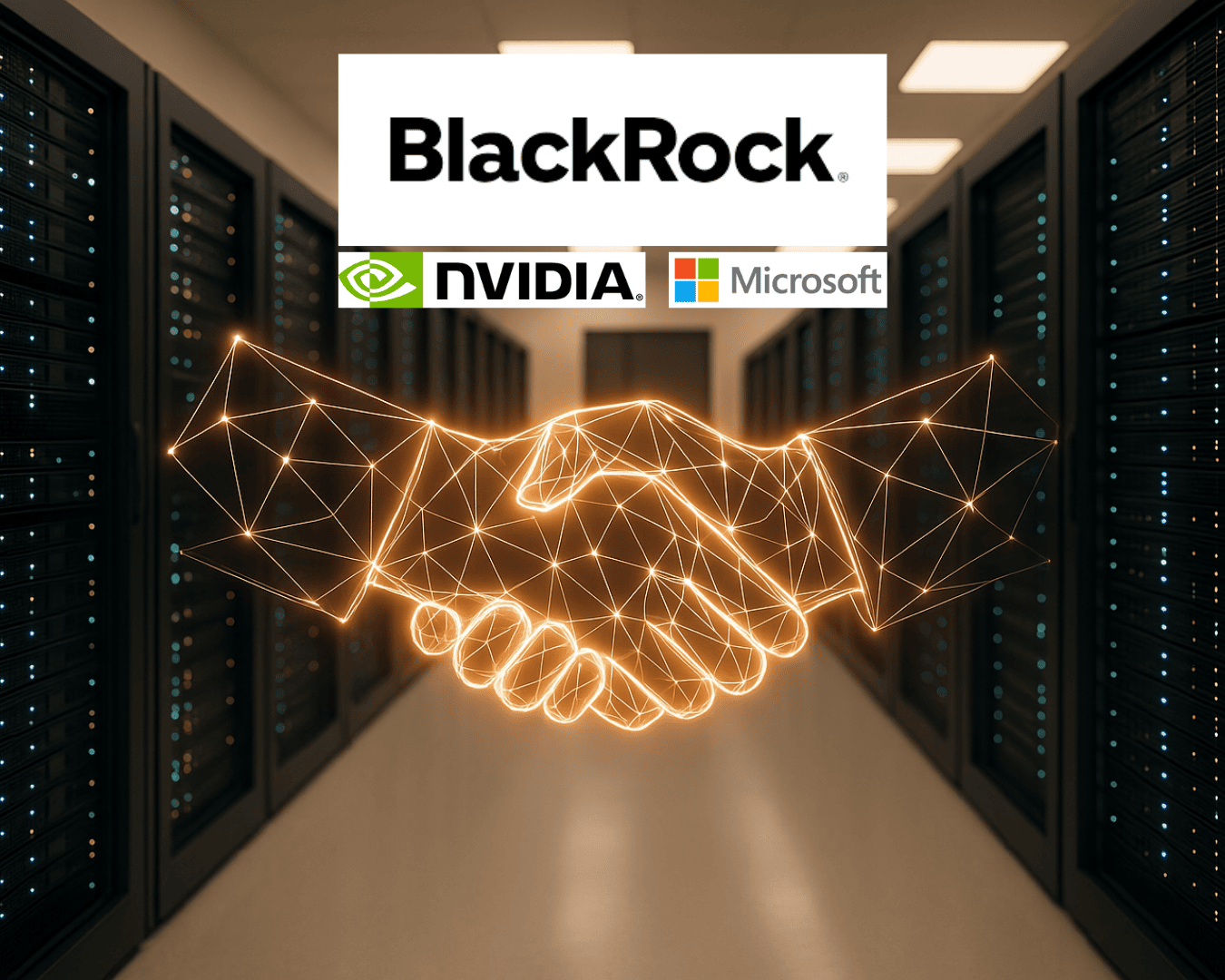
%20Loan%20Application%20Checklist.png)
